 |
| Coretta Scott King Award |
The Coretta Scott King Book Awards are a continued source of inspiration for me and the schools I serve. Each year, these awards are given to authors and illustrators for books that honor African American culture and universal human values. Today, I would like to share the winning books with you. As the award
website states,
"The award commemorates the life and work of Dr. Martin Luther King, Jr., and honors his wife, Mrs. Coretta Scott King, for her courage and determination to continue the work for peace and world brotherhood."
2015 CSK Illustrator Award: Firebird, illustrated by Christopher Myers and written by Misty Copeland. In this stirring, beautiful picture book, Copeland creates a conversation between a young girl who dreams of dancing and herself as a professional ballerina (
my full review) Myers illustrations are full of vibrant, saturated colors and help children visualize a story as they listen to Copeland's poetic text.
I read
Firebird today with 2nd graders -- Jeehyun said, "It's like it was showing the young girl's life cycle," as she grew up and followed her dreams. I smiled, as we thought back to Jeehyun in kindergarten and wondered what advice she would have to herself as she was just starting school. It was a magical moment to share. Inspiring, for ages 6-10.
2015 CSK Illustrator Honor Awards:Josephine: The Dazzling Life of Joesphine Baker, illustrated by Christian Robinson and written by Patricia Hruby Powell. I
adore this beautiful biography that Patricia Hruby Powell & Christian Robinson created celebrating Baker's life and work (
see my full review). Christian Robinson captures Josephine's movement and playfulness with his gorgeous acrylic illustrations. Savor this long picture book biography over several sittings -- and notice how the pictures and words play off each other. For ages 8-12.
Little Melba and Her Big Trombone, illustrated by Frank Morrison and written by Katheryn Russell-Brown. As
Kirkus writes, "Bewitched by the rhythms of jazz all around her in Depression-era Kansas City, little Melba Doretta Liston longs to make music in this fictional account of a little-known jazz great." Kids love the exaggerated illustrations that brim with humor, sass and verve--just like I imagine Melba's trombone playing did. A great picture book biography, for ages 4-8.
2015 CSK Author Award:Brown Girl Dreaming, by Jacqueline Woodson, is a moving, evocative memoir in verse that paints a picture of what it was like to grow up black and female in the 1960s and 1970s (see
my full review). This book was especially meaningful to several of my African American students, especially girls, who could relate to Jackie's experiences. This powerful book will now be decorated with four medals: the National Book Award, the Newbery Honor, the Coretta Scott King Award, and the Sibert Award for nonfiction. Excellent and outstanding in so many ways, best suited for ages 10-14.
2015 CSK Author Honor Awards:
The Crossover, by Kwame Alexander, was recognized for its portrayal of a close-knit African American family, loving and supportive but also rife with tension between the brothers. As you know, my students are **
huge** fans of
The Crossover. As I said to a friend when I first read it, I love how the characters' African American identity is an important part of the book, but not an issue in the story -- it's just part of who they are. Don't BOTH of those medals look fantastic on this cover? Fantastic for ages 9-14.
How I Discovered Poetry, by Marilyn Nelson, is memoir in verse that is based on Nelson's experiences growing up as a daughter of one of the first African-American career officers in the Air Force during the 1950s.
Publisher's Weekly calls this "an intimate perspective on a tumultuous era and an homage to the power of language." To learn more, listen to this
NPR interview with Nelson. I have not read this or shared it with students, so I'm not quite sure if it's best suited for ages 12 and up, or would be a good fit for our 5th graders.
How It Went Down, by Kekla Magoon, is a gripping novel for teens that is undeniably relevant to issues our society is grappling with around the country. As
Publisher Weekly writes, Magoon "offers multiple, contradictory perspectives on the shooting of an African-American youth. No one disputes that 16-year-old Tariq Johnson was shot on the street by Jack Franklin, a white gang member, but the motives of both killer and victim remain fuzzy, as do the circumstances surrounding the shooting." While I have not read this, I am a big fan of Magoon's previous work and know this will be an intense and full of raw emotions, for ages 14 and up.
2015 John Steptoe Award for New Talent:When I Was the Greatest, by Jason Reynolds. I have not read this, but friends are raving about this engaging story of urban teens Ali, Noodles and Needles. As the
award committee writes, "In an authentic contemporary voice, Reynolds focuses on the importance of family, the acceptance of responsibility and the obligations of friendship and portrays a likeable teenager learning how to be a good man." Recommended for ages 12 and up.
Please seek out and share these books with kids in your life. They are each truly special. Early review copies were kindly sent by the publishers Penguin, Houghton Mifflin Harcourt, Lee & Low, and Chronicle Books. We have purchased additional copies for our school library and classrooms, and we will continue purchasing more for gifts. If you make a purchase using the Amazon links on this site, a small portion goes to Great Kid Books. Thank you for your support.
©2015 Mary Ann Scheuer, Great Kid Books
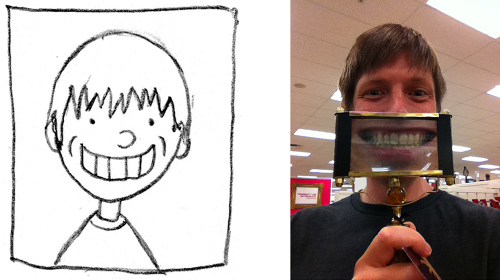
Author-illustrator Jeff Mack has been a busy guy the past couple of years. He has illustrated a handful of picture books and chapter books; in 2008 he published the first picture book he both wrote and illustrated; and he’s even written and illustrated his own graphic novel/fiction hybrid, the cartoon-illustrated Clueless McGee series, all about an enterprising fifth-grade private eye.
Jeff is visiting this morning to talk about his work, share lots of art, and talk about what’s on his plate this year. For breakfast, he’s opting for French toast with cream cheese, jelly, and fake maple syrup. It’s the breakfast of champions, he tells me, which he sometimes also has for dinner. I’m all for that, as long as we have some coffee too.
Let’s get the basics while we set the table for seven questions over breakfast. I thank Jeff for visiting.
* * * * * * *

Jules: Are you an illustrator or author/illustrator?
Jeff: I’m both.
Jules: Can you list your books-to-date? (If there are too many books to list here, please list your five most recent illustrated titles or the ones that are most prominent in your mind, for whatever reason.)
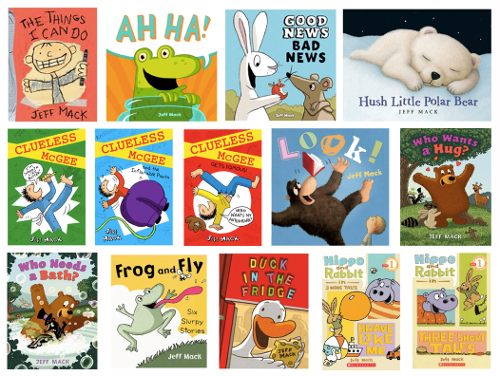
Jeff: Books I wrote and illustrated:
- Who Needs A Bath? (2016, HarperCollins)
- Look! (2015, Philomel)
- Who Wants a Hug? (2015, HarperCollins)
- Duck In The Fridge (2014, Two Lions)
- Clueless McGee Gets Famous! (2014, Philomel)
- Ah Ha! (2013, Chronicle Books)
- The Things I Can Do (2013, Roaring Brook)
- Clueless McGee and the Inflatable Pants (2013, Philomel)
- Good News Bad News (2012, Chronicle Books)
- Clueless McGee (2012, Philomel)
- Frog and Fly in Six Slurpy Stories (2012, Philomel)
- Hippo and Rabbit in Three Short Tales (2011, Scholastic)
- Hippo and Rabbit in Brave Like Me (2011, Scholastic)
- Hush Little Polar Bear (2008, Roaring Brook)
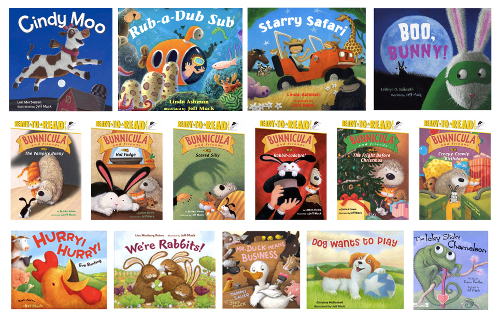
Books I illustrated:
- Cindy Moo by Lori Mortensen (2012, HarperCollins)
- Mr. Duck Means Business by Tammi Sauer (2011, Simon and Schuster)
- Dog Wants To Play by Christine Mc Donnell (2009, Viking)
- Boo, Bunny! by Kathryn O. Galbraith (2008, Harcourt)
- Hurry! Hurry! by Eve Bunting (2007, Harcourt)
- Starry Safari by Linda Ashman (2005, Harcourt)
- We’re Rabbits! by Lisa Westburg Peters (2004, Harcourt)
- Rub-a-Dub Sub by Linda Ashman (2003, Harcourt)
- The Icky Sticky Chameleon by Dawn Bentley (2002, Intervisual Books)
- Bunnicula and Friends #1: The Vampire Bunny by James Howe (2004, Simon and Schuster)
- Bunnicula and Friends #2: Hot Fudge by James Howe (2004, Simon and Schuster)
- Bunnicula and Friends #3: Scared Silly by James Howe (2005, Simon and Schuster)
- Bunnicula and Friends #4: Rabbit-Cadabra! by James Howe (2006, Simon and Schuster)
- Bunnicula and Friends #5: The Fright Before Christmas by James Howe (2006, Simon and Schuster)
- Bunnicula and Friends #6: Creepy-Crawly Birthday by James Howe (2007, Simon and Schuster)
Jules: What is your usual medium?
Jeff: I illustrated my earliest books, like Hurry! Hurry! and Rub-a-Dub Sub, with acrylic paint on watercolor paper.
I would make lots of sketches first and then tape the paintings to the wall while I worked on them.

(Click to enlarge)

(Click to enlarge)

(Click to enlarge)
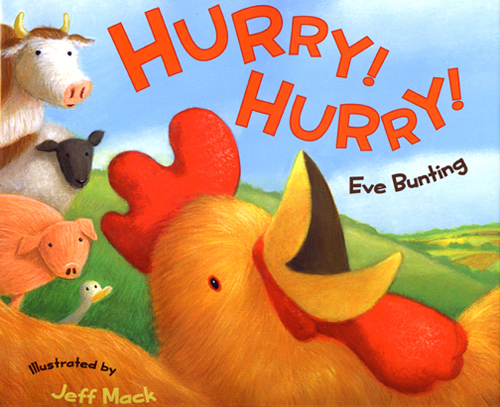
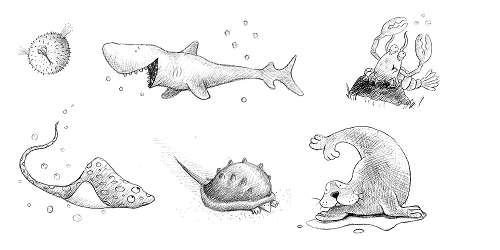
(Click to enlarge)
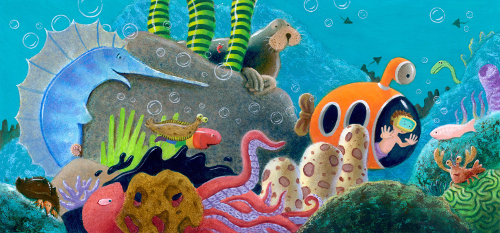
(Click to enlarge)
When I started to illustrate my comic-style stories, like Hippo and Rabbit and Frog and Flys, I “auditioned” several different types of media for the job: acrylic paint, cut paper, pastel, etc. I knew they had to have a different appearance than my other books. The stories were meant to be read quickly, like old Sunday comic strips, so the pictures couldn’t have too much detail in them.
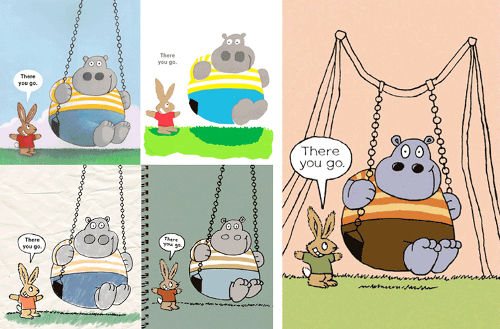
(Click to enlarge)
In the end, I decided to draw the outlines with pen and ink on paper.

Then I scanned pieces of cardboard and changed their colors with my computer.

Using Photoshop, I cut the shapes of the characters out of the cardboard and put them together like a collage.
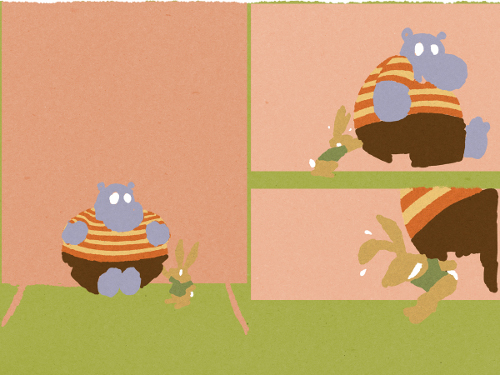
Finally, I combined them with scans of the line drawings to make the final images.
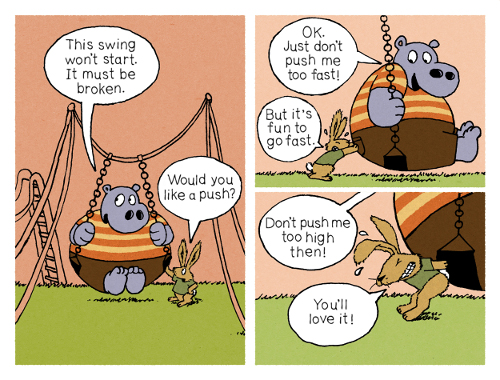
Working this way gave me the opportunity to draw several different versions of the characters and use the ones I liked the best without having to re-do the entire picture.
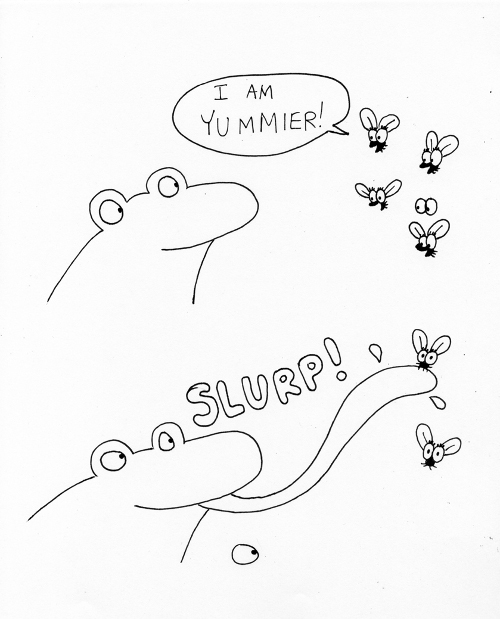
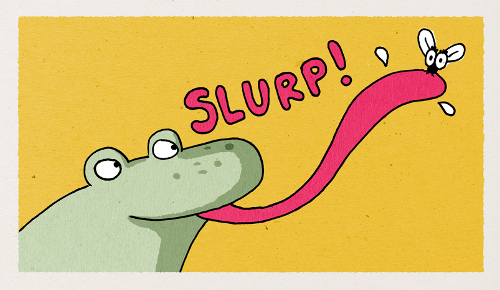
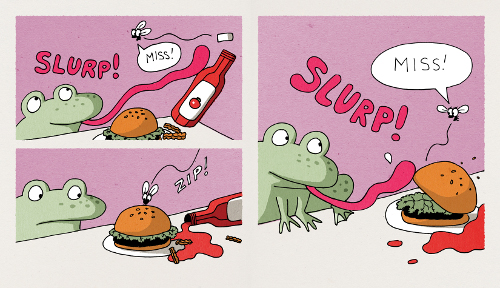 (Click to enlarge)
(Click to enlarge)
When I created books like Good News Bad News and Ah Ha!, I wanted multi-colored outlines instead of just black. So I skipped the pen and ink, scanned my sketches, and drew in color directly on top of them with a drawing tablet and my computer.

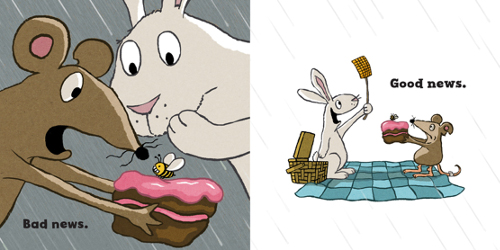
(Click to enlarge)
I also started to use the computer to develop my sketches and plan out the various values.
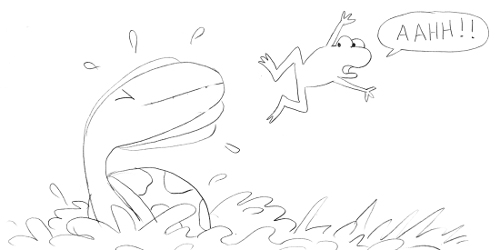

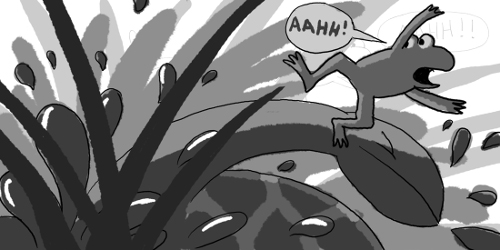
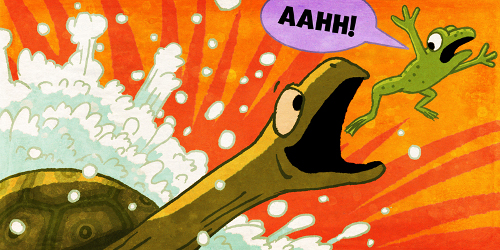
I always try to choose a medium that compliments or adds to the book’s theme. My favorite medium is collage. It’s a medium that offers lots of surprises and interesting accidents. I love writing stories that call for a collage style.
For example, The Things I Can Do is about a five-year-old kid who makes his own picture book. In fact, it’s the book that you are reading.
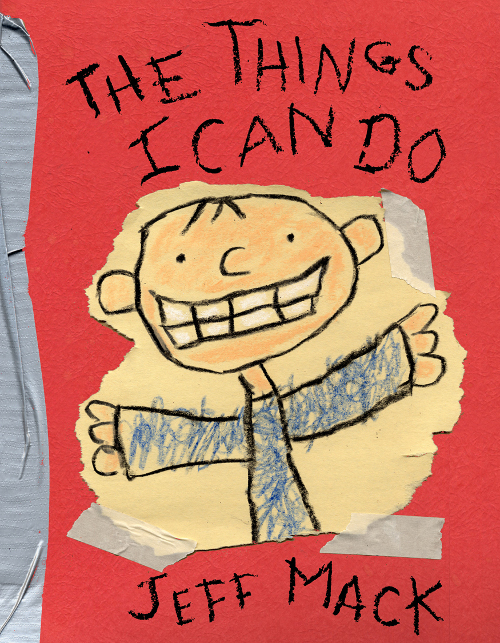
So, I made pictures the way a kid might, with anything I could find: crayons, shoelaces, popsicle sticks, a two-by-four, you name it.
This book had infinite possibilities, so I had to set up some rules for myself. For instance, I wanted it to look messy …
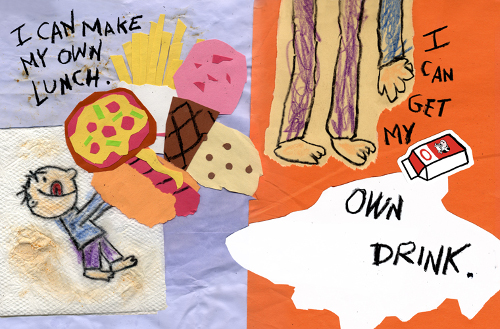
… but not too messy.
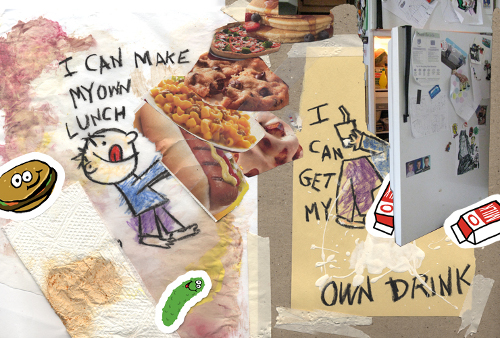
For all of the “kid’s drawings,” I drew with crayon, using my non-drawing hand. But anytime I included something that looked like a “store-bought” item, such as all the various stickers throughout the book, I had to switch styles.
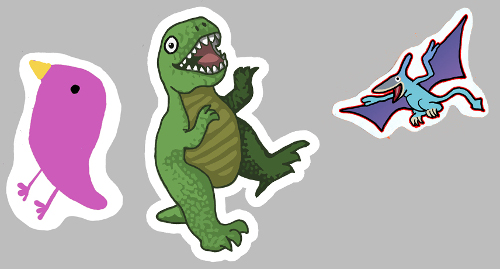
The book looks sloppy, but it actually took a ton of careful planning. It was a fun challenge. I even got bubble gum stuck in my scanner when I was making this book.


I illustrated my latest book, Look!, in a similar way, using a combination of pencil, watercolor, and old book covers.
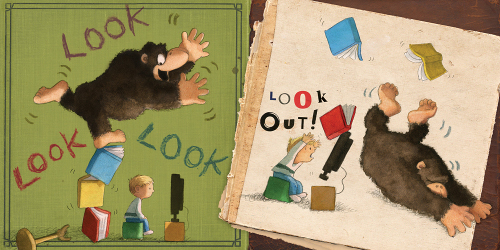
(Click to enlarge)
First I painted the characters by hand.
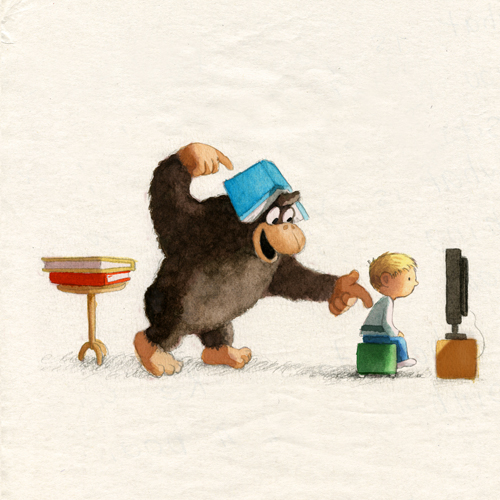
Then I scanned some old book covers.
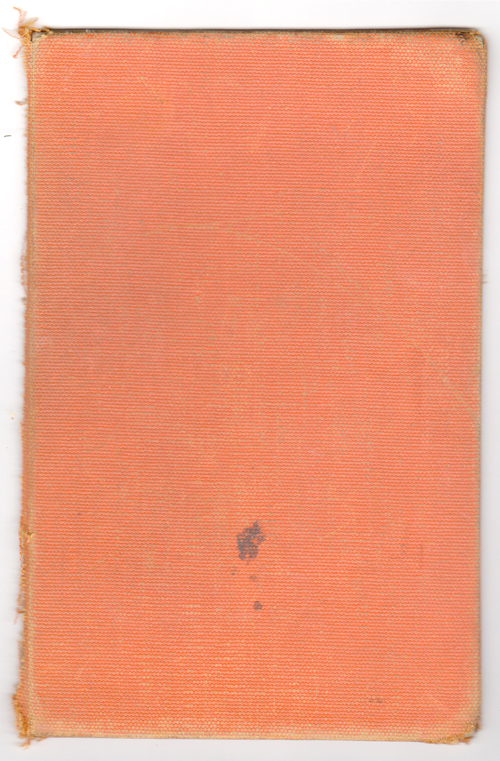
Then I used the computer to put them together like I did with
The Things I Can Do Can Do.
 (Click to enlarge)
(Click to enlarge)
I created the type with crayons and also with letters that I cut out of magazines (like a ransom note).
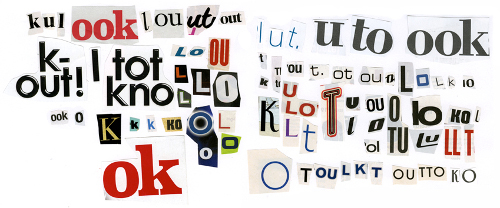
 (Click to enlarge)
(Click to enlarge)
On one level, this book is about a boy and a gorilla. But on another, it’s about a battle between old and new technology. So I used both to illustrate it.
Jules: If you have illustrated for various age ranges (such as, both picture books and early reader books OR, say, picture books and chapter books), can you briefly discuss the differences, if any, in illustrating for one age group to another?
Jeff: Yes, I have illustrated my own picture books, early readers, and chapter books. The differences have more to do with the individual books and less to do with the age groups. I try to illustrate each one in a style that contributes to the book’s concept.
For instance, my Clueless McGee chapter books are collections of letters, written and illustrated by a bumbling ten-year-old private eye. Even though he claims to be a great artist, his illustrations are clunky, black-and-white pencil drawings that show you he’s not exactly a genius. Hopefully, his clumsy drawings tell readers as much about his personality as his words do.

(Click to enlarge)
Meanwhile, my picture book, Hush Little Polar Bear, is a lullaby, so I made lush, softly-textured paintings to suggest a peaceful dream-like mood.

And Good News Bad News is a slapstick adventure, so I used a cartoonish style to exaggerate the silliness and keep any violence from looking too realistic.

(Click to enlarge)
Jules: Where are your stompin’ grounds?
Jeff: I live in Western Massachusetts, near the city of Northampton. I love it here. The colleges bring in lots of cultural events, and the mountains provide hiking trails for wandering and daydreaming.

Jules: Can you tell me about your road to publication?
Jeff: My first skilled job was to copy 19th-century oil portraits for a museum in upstate New York.

I learned some traditional painting techniques doing this, and I applied them to my early illustration style.

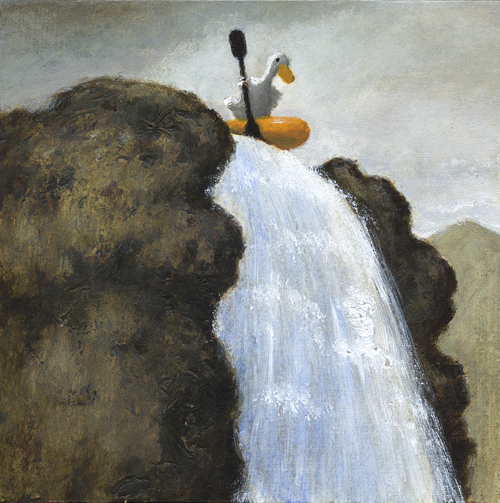
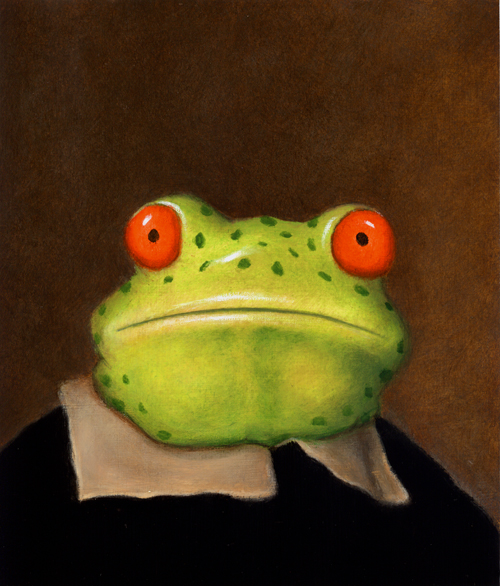
I also painted murals in homes and restaurants around the region while I worked on my own book in the evenings.
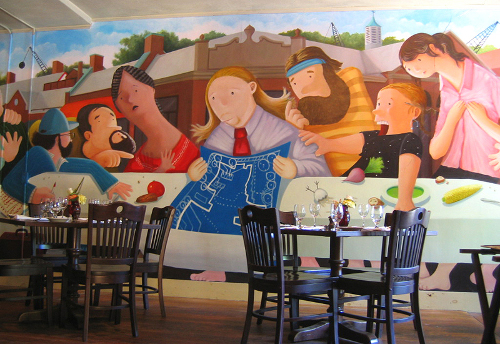
(Click to enlarge)
Eventually, I rented an apartment in NYC, where I went door-to-door to publishers with my fully-illustrated book dummy. My paintings received lots of positive attention.
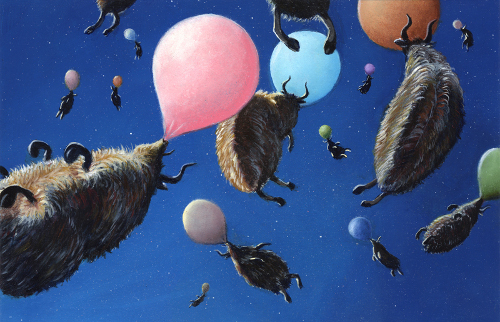 (Click to enlarge)
(Click to enlarge)
I was hired to illustrate other authors’ books, including James Howe’s
Bunnicula and Friends …

… and Eve Bunting’s
Hurry Hurry.
Eve’s minimalist text was especially helpful in teaching me to tell a story effectively with pictures.

(Click to enlarge)
After a few years, in 2008, I published my first book,
Hush Little Polar Bear, with Neal Porter at Roaring Brook.
 (Click to enlarge)
(Click to enlarge)
It was recently reissued as a board book.
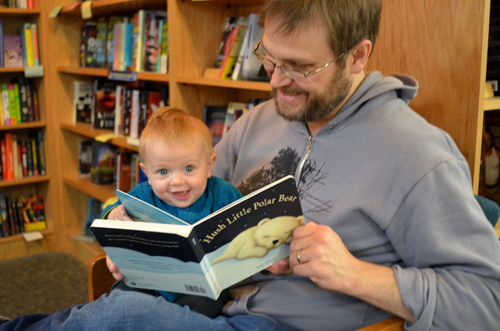
In 2010, I published a pair of graphic novel-style early readers called
Hippo and Rabbit with Scholastic.

By then, I had written so many different types of books for various ages that I had to reach out to more editors. So I hired my agent, Rubin Pfeffer, who has helped me place my work with a range of publishers ever since. These days, I average two or three published books per year.
Jules: Can you please point readers to your web site and/or blog?
Jeff: www.jeffmack.com.
Jules: If you do school visits, tell me what they’re like.
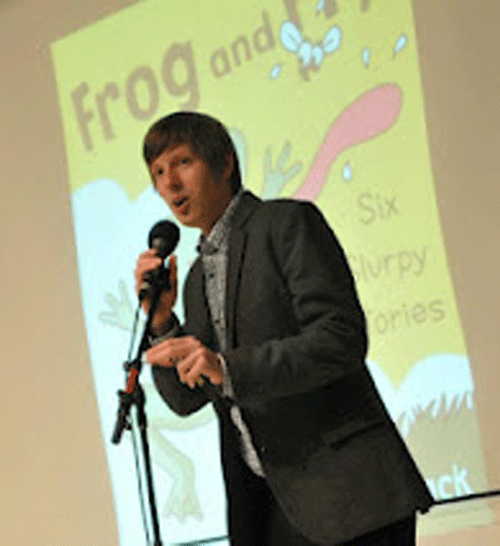
Jeff: Yes, I do. I offer multimedia presentations, covering the A to Zs about how I make my books.
I show examples of my earliest elementary school artwork and how I progressed into a working author/illustrator.
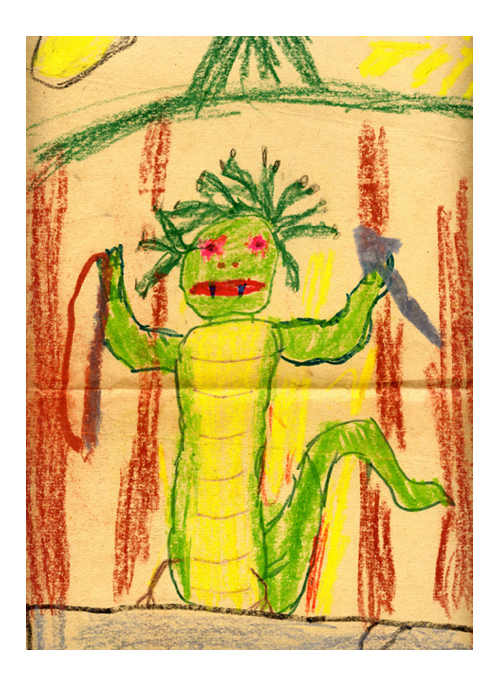
I emphasize how artists must be patient with themselves as they practice, persist, and maintain a positive attitude throughout the entire creative process. All of my programs are interactive. I include lots of videos and demonstrations.
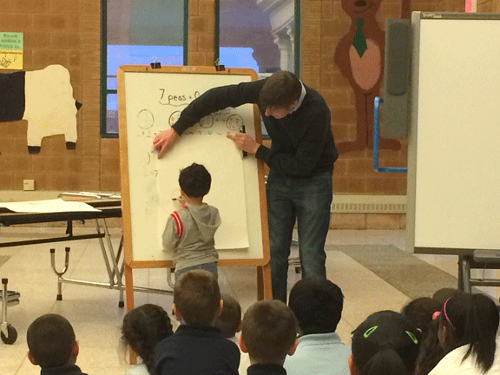
The video that shows me creating a painting from start to finish tends to be a hit with both students and their teachers. And my favorite part is doing live drawing demos.
The kids offer me suggestions as I draw. They get the chance to collaborate and let their imaginations run wild. Meanwhile, they also work on their own drawings. Working together like this, we always come up with something hilarious and unique by the end.
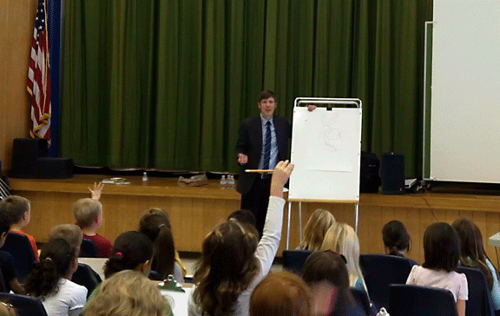


Jules: If you teach illustration, by chance, tell me how that influences your work as an illustrator.
Jeff: Years ago, I taught painting to kids during summer and after-school art camps. I would encourage them to take chances and explore different ways to use their materials. Then I’d go home and ask myself, “Am I taking enough chances with my own work?”
Through teaching, I realized the kind of artist I wanted to be: one who experiments and finds new and interesting ways to make images and tell stories. Sometimes that means playing with materials and voice, like in The Things I Can Do.
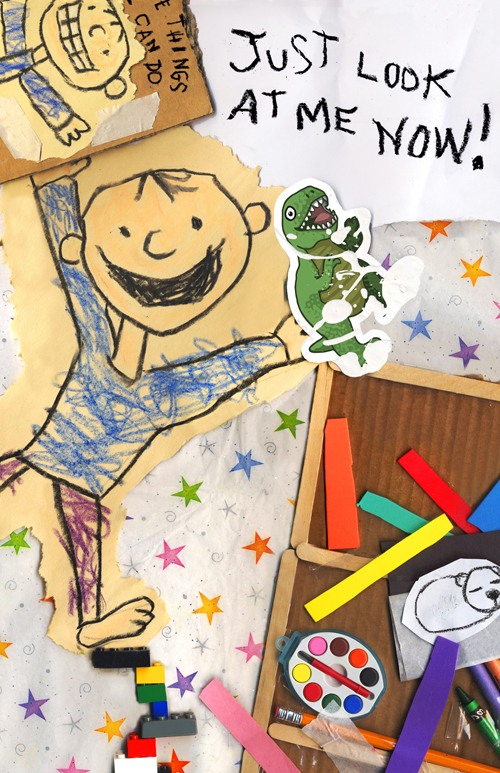
Sometimes it means taking chances with language, such as telling a story with only three words as in Good News Bad News.
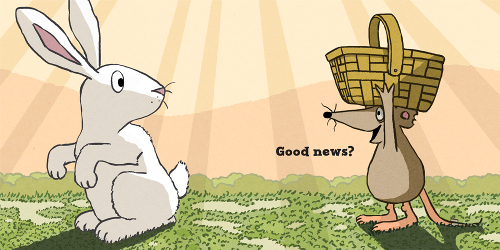
(Click to enlarge)
Or with only two letters like I did with
Ah Ha!
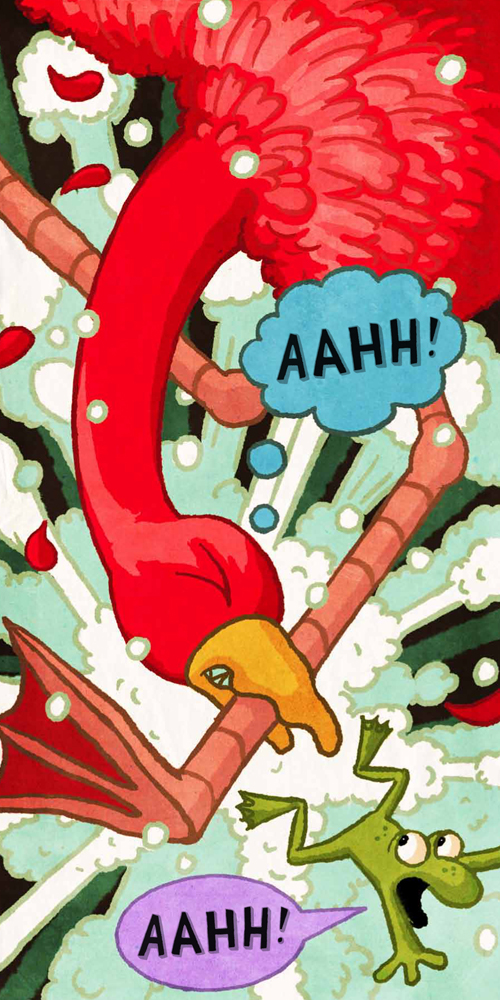
And sometimes it’s both, as in
Look!
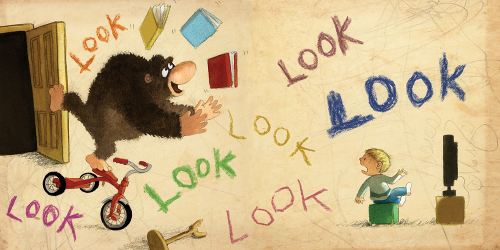 (Click to enlarge)
(Click to enlarge)
I still teach a few writing and illustration workshops each year. Creating art with kids is fun for me, so I make time for it!
Jules: Any new titles/projects you might be working on now that you can tell me about?
Jeff: I have two picture books planned for release in 2015 and three for 2016. One of them is called Who Wants a Hug?
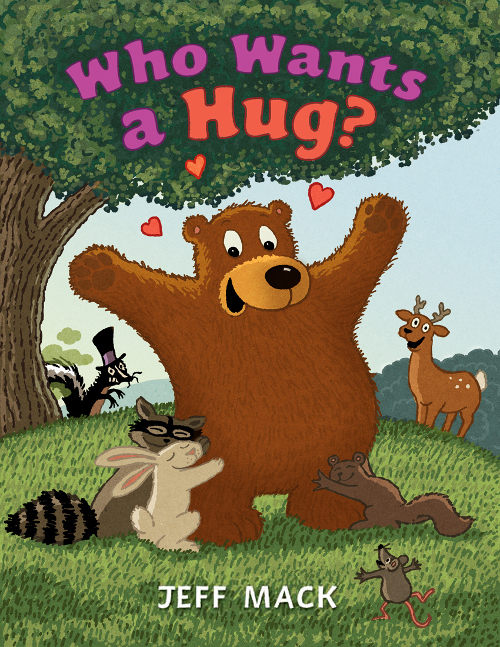
It’s written almost entirely in dialogue between a bear and a very smelly skunk. Bear loves to hug. Skunk, not so much. Skunk has a whole briefcase full of stinky tricks that he hopes will stop Bear from hugging every single forest animal. They have a troubled relationship, to say the least. They eventually find a way to work things out — but not the way you might expect. It’s not your typical Valentine’s Day book.
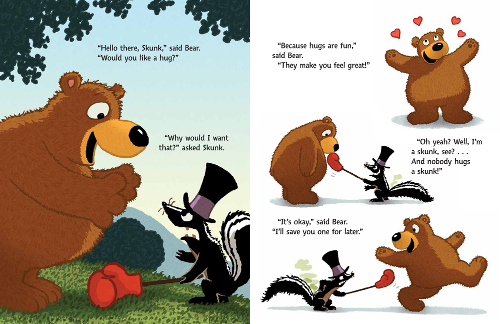
(Click to enlarge)
The other one for 2015 is
Look! That’s the story about the boy, the gorilla, the TV, and the books that uses just two words.
Kirkus just called it “an energetic invitation to the joys of books.”
Then, for 2016, I’ve created a second book with Bear and Skunk, called Who Needs A Bath? Guess which one needs the bath?
And right now, I’m working on the illustrations for a book by Leslie Staub about an alien named Dewey, who goes to kindergarten.
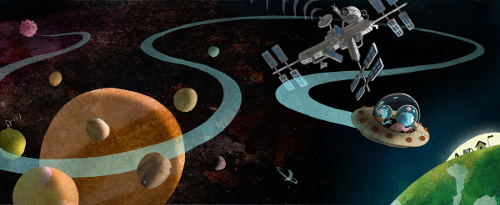
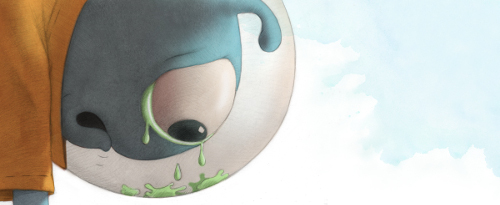
(Click each to enlarge)
I also spent some time this Fall painting a dozen new animal portraits based on the Chinese Zodiac. Many of them are combinations of plein air paintings that I made around Western MA and then combined with figments from my imagination. Every now and then, it’s nice to go low-tech and work outside with just my paints, brushes, and canvases.
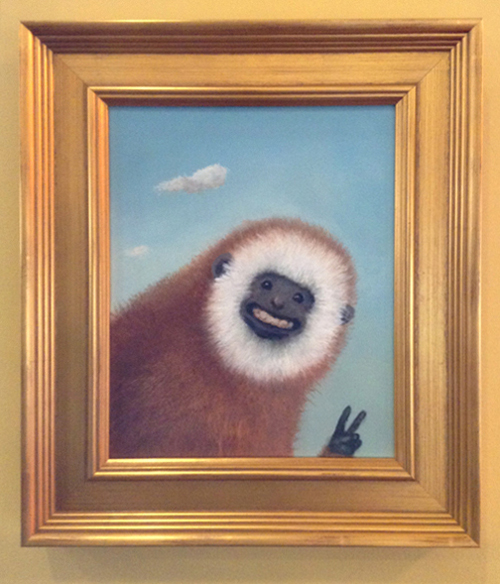



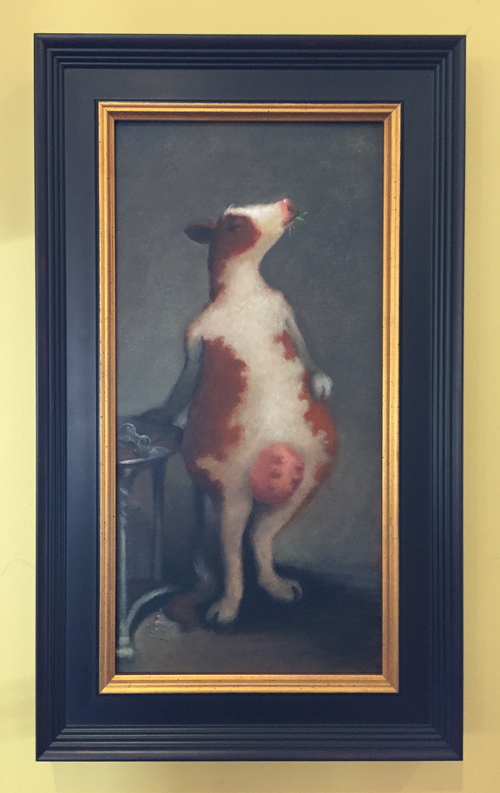
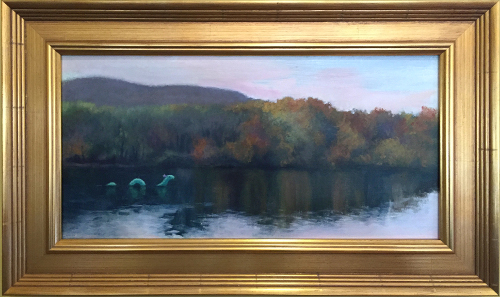 (Click the last one to enlarge)
(Click the last one to enlarge)
And lastly, I have a few new titles in the works with both Chronicle and Philomel, due to be released in 2016 and 2017. Each one is unlike anything I’ve tried before. So stay tuned!
 Okay, we’ve got more coffee, and it’s time to get a bit more detailed with seven questions over breakfast. I thank Jeff again for visiting 7-Imp.
Okay, we’ve got more coffee, and it’s time to get a bit more detailed with seven questions over breakfast. I thank Jeff again for visiting 7-Imp.
1. Jules: What exactly is your process when you are illustrating a book? You can start wherever you’d like when answering: getting initial ideas, starting to illustrate, or even what it’s like under deadline, etc. Do you outline a great deal of the book before you illustrate or just let your muse lead you on and see where you end up?
Jeff
: When I work, I make lists and outlines to help me stay focused. So I’ll do that here too.
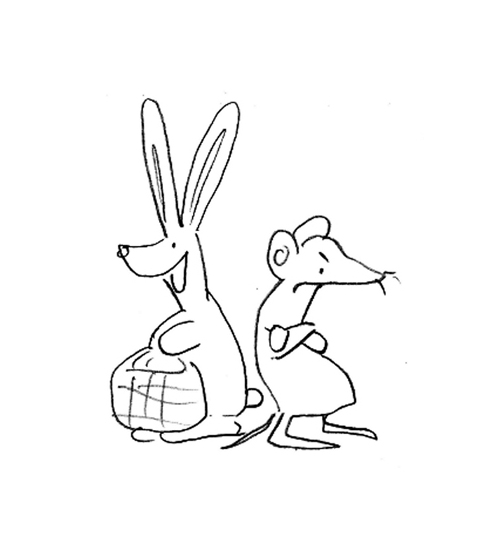

(Click to enlarge)
1. Ideas
Many of my ideas spring from real-life conversations or things I see happen. I may substitute different characters and situations, but the heart of the story is often based on personal experience.
For example, I was having lunch with some kids, and one of them was eating clam chowder. Twenty minutes later, he was still chewing. His teacher thought he had gum in his mouth and told him to spit it out. He insisted it wasn’t gum, but the teacher was adamant. Finally, he opened his mouth to prove it. He was right. It wasn’t gum. It was just a very chewy clam. We all found the misunderstanding funny, so it became the basis for a calamitous scene in Clueless McGee Gets Famous!
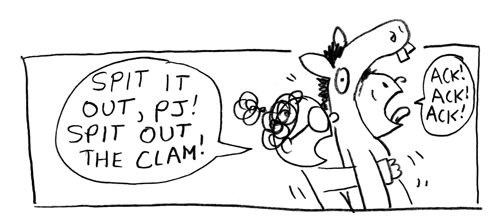
2. Sketches
Other ideas for stories come from random sketches or doodles. I constantly scribble down notes and character studies when I’m in hotels, restaurants, trains, airplanes, etc. When I get home, I usually toss them into one pile or another and forget about them.
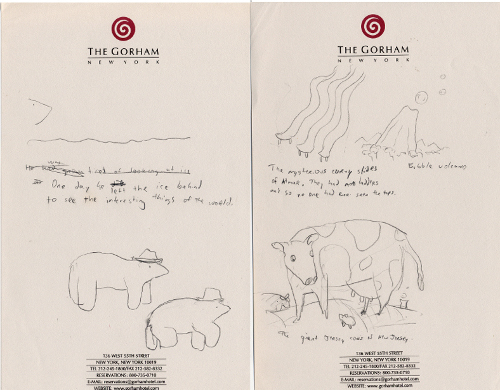
(Click to enlarge)
Later, if I feel stuck on a project, I sift through my papers and randomly pull out a sketch. Sometimes the sketch helps me solve the problem by steering me in a new direction.
Having a messy room can be a little like the I Ching or Oblique Strategies; pick something up at random and see where the new idea takes you. It can be an excellent way to get unstuck.
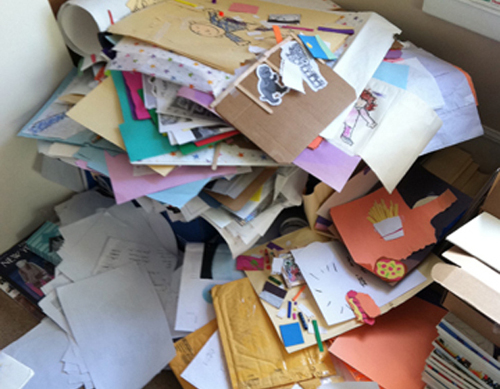
3. Dummies
Usually, when I write a picture book I make a list of the plot points first. Then I divide a sheet of paper into 32 squares (3 vertical lines, 7 horizontal), one for each page in the book. I fill in the sections with the plot points.
Then I make tiny thumbnail sketches for each section.

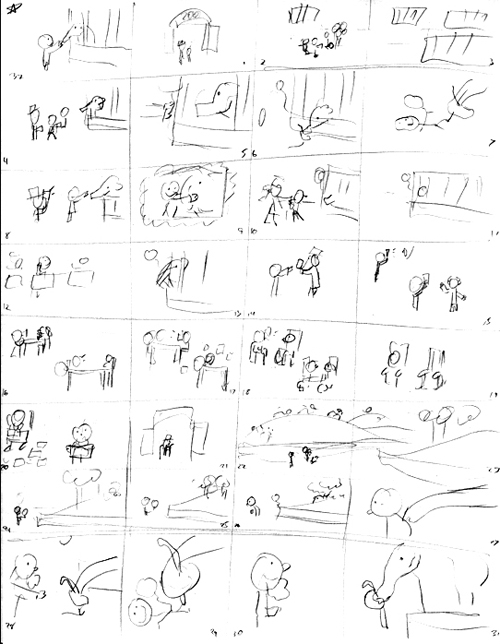
At a certain point, I have to see how it looks when I turn the pages so I cut out the squares …
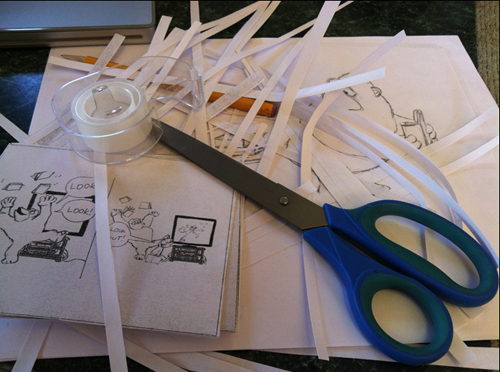
tape them together …

and fold them into a tiny book dummy.
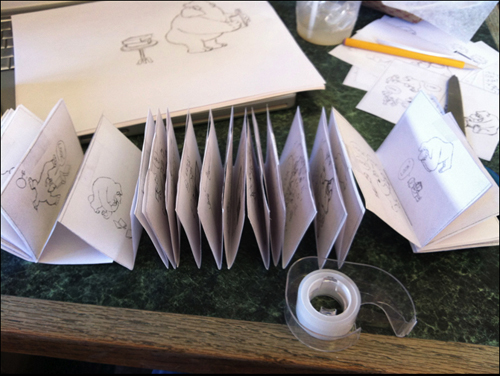
The story almost never works the first time. With a physical dummy, I can swap sections around, take pages out, replace them with new pages, and so on.
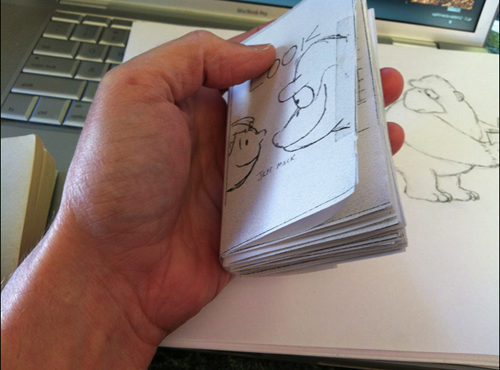
In this way, I write and illustrate simultaneously. It’s a very visual process for me. Once the dummy looks right to me, I send my work to one of my editors to find out if they agree. They often make helpful suggestions that I try out as I continue to revise the story.
I write my chapter books in a very similar way, planning out each spread carefully. Except they have about 250 pages instead of 32!
4. Editing (Picture Books)
Much of my writing process involves getting rid of sections that don’t add enough overall value to the story. They may be some of my favorite parts, but if the whole book works better without them, I take them out.
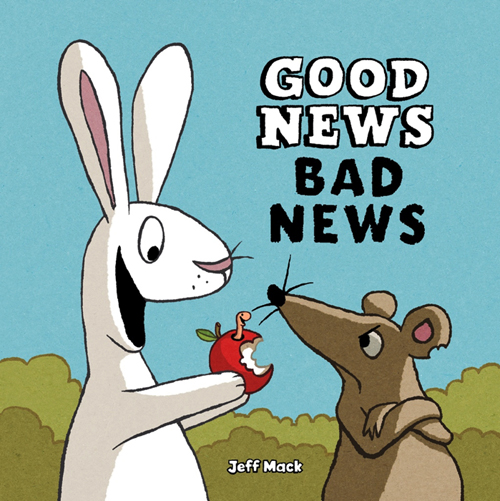
For example, in an early draft of Good News Bad News, I included several pages where the mouse and rabbit follow a trail of crumbs into a cave as they search for their stolen picnic basket.
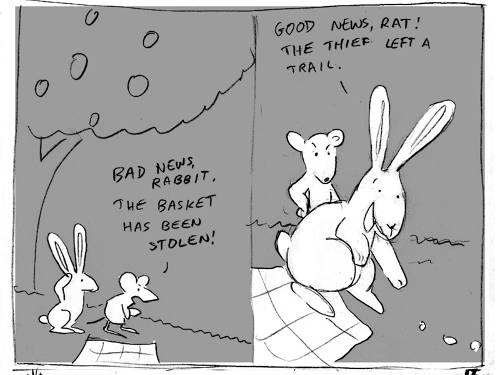
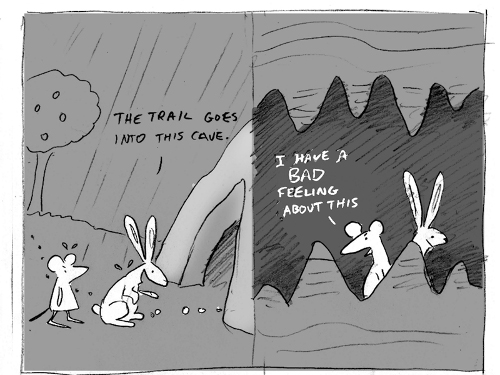
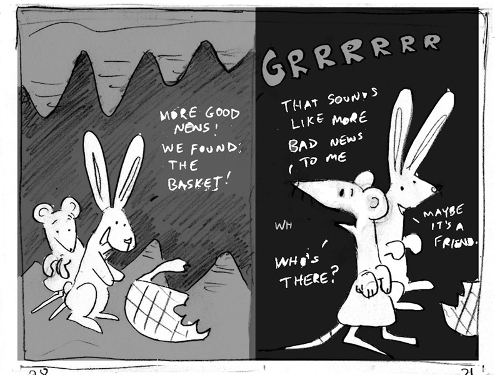
(Click each to enlarge)
I really liked this sequence. It added to the characters’ personalities, and it had some jokes that I thought were funny.
But it also slowed the pace of the story by adding an unnecessary plot about the bear being a thief.
At first, it was hard to imagine the story without it. But when I finally took this scene out, I discovered that I didn’t actually miss it. Overall, the book was more entertaining because it kept the focus on the central theme: the chain reaction of positive and negative events. Now, the bear was just the bad news part of the cave.
For me, editing takes the most time, and it’s the most difficult part. But it’s also the part where most of the discovery happens.

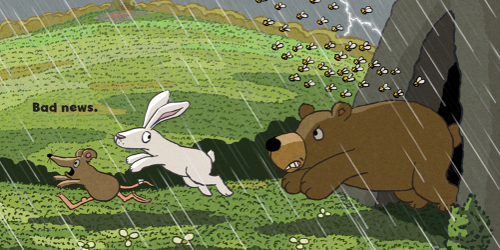
(Click second image to enlarge)
Plot aside, I still felt unsettled reading my early drafts of
Good News Bad News. But why?
Then it dawned on me: most of my text simply repeated what I already showed in the pictures.
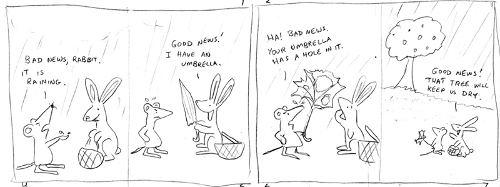
(Click to enlarge)
So I decided to edit out every redundant word. When I did, the only words left were “good news” and “bad news”. But those were the only words that were necessary. They added meaning to the pictures and allowed the pictures themselves to tell the story. To me, it suddenly became a much more interesting book.
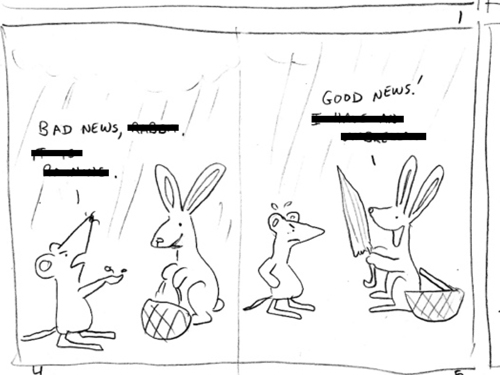
I tried to do the same thing for
Ah Ha!, but it didn’t work the same way.
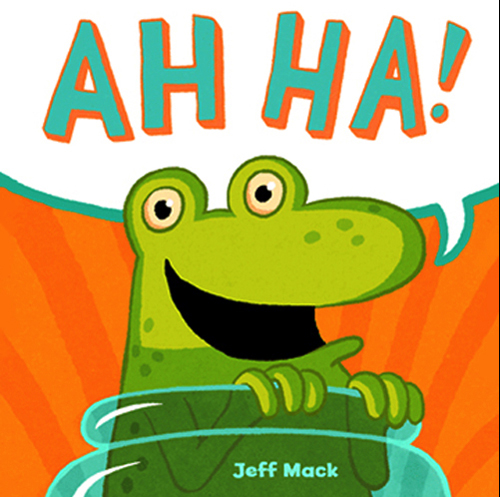
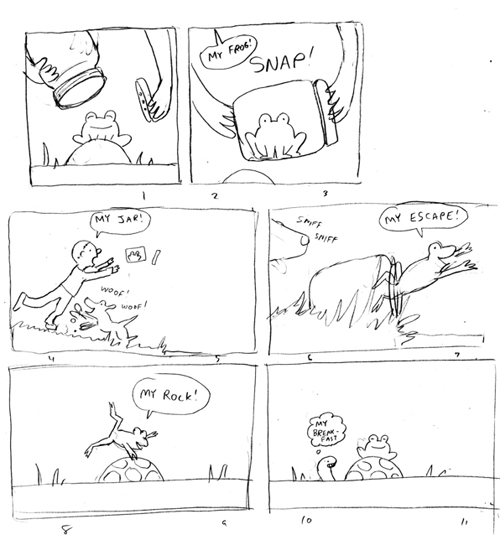
I ended up getting rid of all the words.
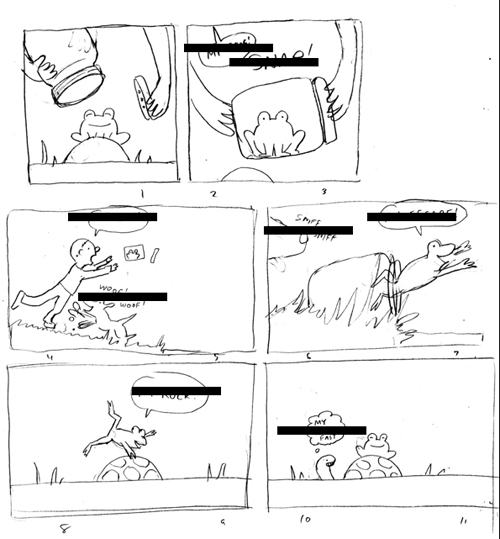
The book is too action-packed to be quiet and wordless. I wanted kids to have something to say outloud so they could express their emotions as they read. So I replaced the words with expressions made from the letters “a” and “h.” The pictures show the action, and the words let the readers know how the characters are feeling.
 (Click to enlarge)
(Click to enlarge)
It’s a nice way to teach inflection. Even though different words may be spelled the same way, kids figure out how to read them differently based on what they see in the pictures.
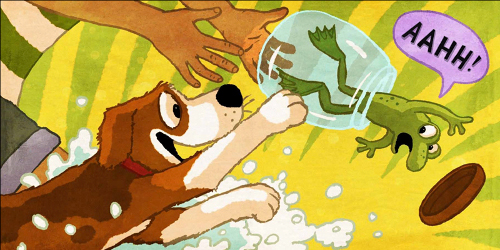 (Click to enlarge)
(Click to enlarge)
Meanwhile,
Look! uses just two words, “look” and “out” …

… but their meanings change when read together or separately.
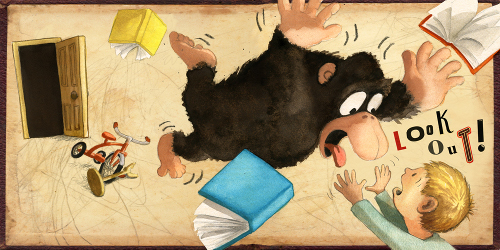 (Click to enlarge)
(Click to enlarge)
My earliest versions of this book were wordless …
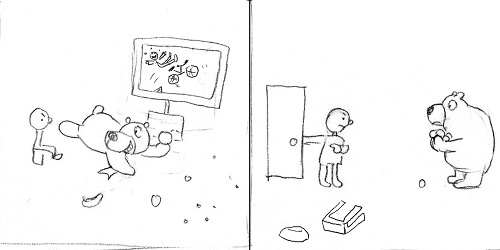 (Click to enlarge)
(Click to enlarge)
but I decided it was funnier and more interesting to involve a word game.
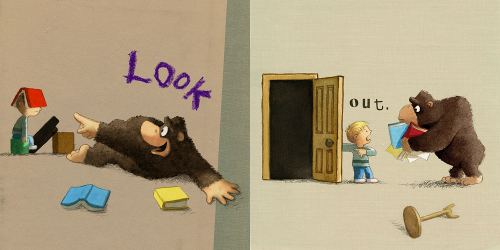 (Click to enlarge)
(Click to enlarge)
My favorite picture books are ones where words and pictures work together to create powerful emotions in surprising ways. So editing this book actually meant adding words rather than removing them.
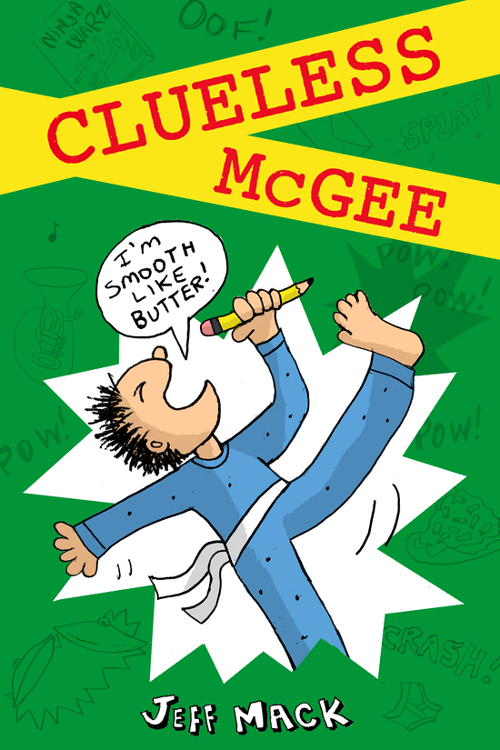
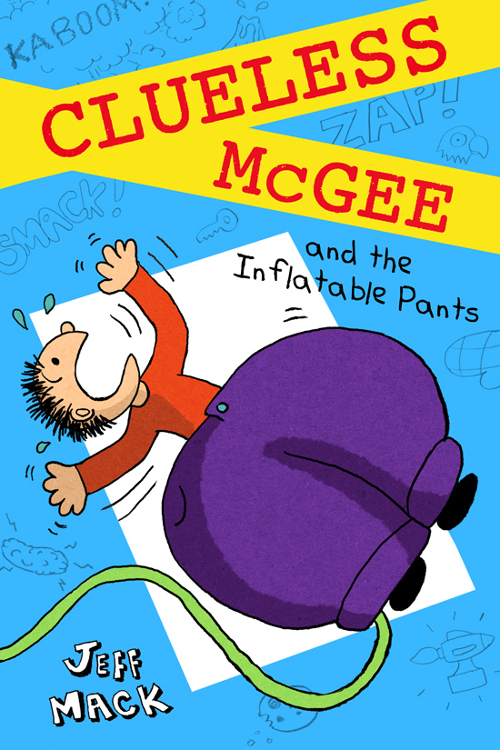
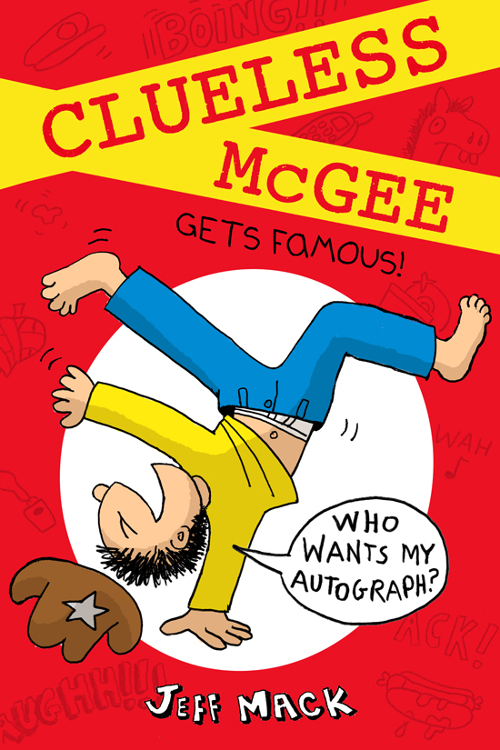
As for chapter books …
When I write my Clueless McGee books, I start each one with a general outline. Next, I outline each chapter. Then I outline each individual scene. I make a list of the important changes that occur in each scene. And lastly, I write the individual jokes that make those changes happen. Since these are mysteries, it’s important that I plan out all of the clues and red herrings in advance.
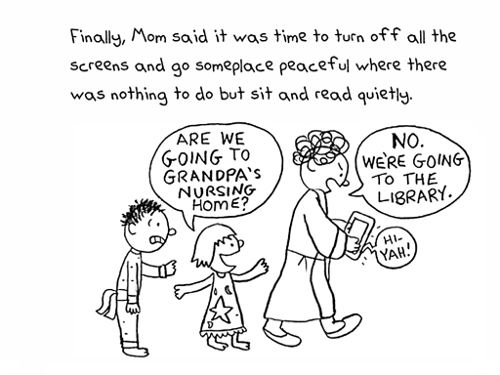
In book #3, this moment sets PJ up to discover a critical clue about his missing father, lose valuable screen time, annoy his mom, and accidentally trash the library’s entire music collection all at the same time.
Creating outlines helps me manage a longer format, one cartoon at a time. The process is less overwhelming and much more enjoyable for me.


Clueless McGee actually began as a letter I wrote to a publisher in the voice of a nine-year-old boy. My original idea was to make a hand-written notebook with tiny scribbled drawings in the margins.
But I had so much fun making the drawings that they started to take over entire pages by the second draft.
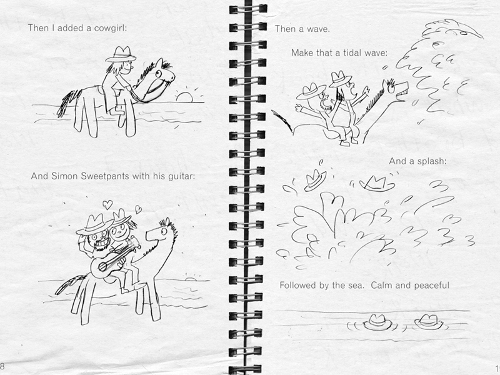
(Click to enlarge)
Each book ends with an eight-page comic, written and illustrated by the main character. I made the first one, because otherwise I would have had eight blank pages at the end of the book.
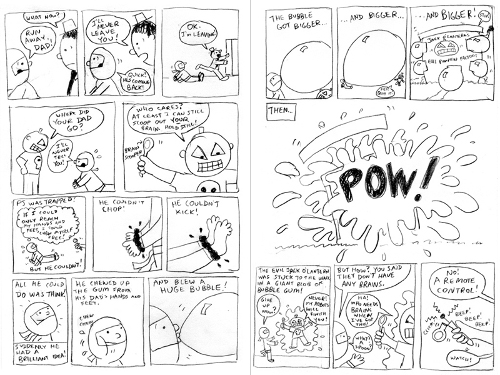 (Click to enlarge)
(Click to enlarge)
After that, it turned out to be one of my favorite parts of making the books. I’m dying to write an entire book of just Clueless McGee’s comics.
5. Final Art
My illustration process varies from book to book, depending on the methods and materials I’m using. These days, if I work with paint on paper, I create one spread at a time, often lying or sitting on the floor. I hang them on the walls around me so that I can be sure the details stay consistent from page to page. Then at the end, I go back and re-work everything.
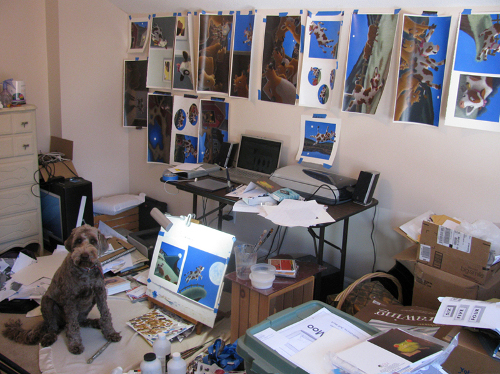
(Click to enlarge)
Sometimes when it suits the story, I illustrate using a Wacom Cintiq. It’s like a computer monitor that I can draw on with an electronic pen.
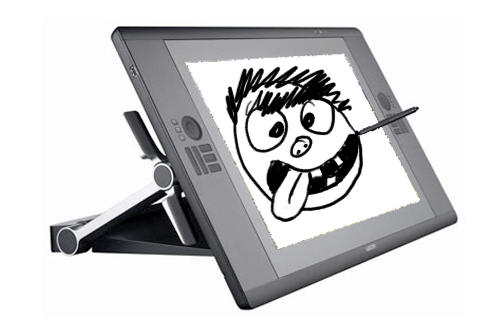
Instead of printing and hanging up each image, I make a digital storyboard out of tiny finished images.
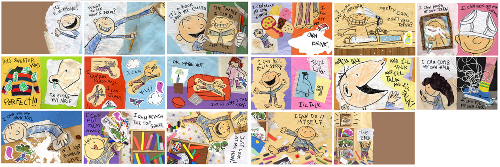 (Click to enlarge)
(Click to enlarge)
Most of my recent work combines digital and traditional materials, so I’m often hopping back and forth between my computer and my paints.
2. Jules: Describe your studio or usual work space.
Jeff
: My studio is usually a complete mess with papers and prints piled everywhere. I’ve found that don’t prefer a fancy studio — just a room where I can freely make a mess. Every now and then, I’m forced to clean up in order to make room for more projects.


I also find that I get a lot of writing done at coffee shops and restaurants. I wrote and illustrated three
Clueless McGee books sitting in a bakery, drinking lots of coffee.
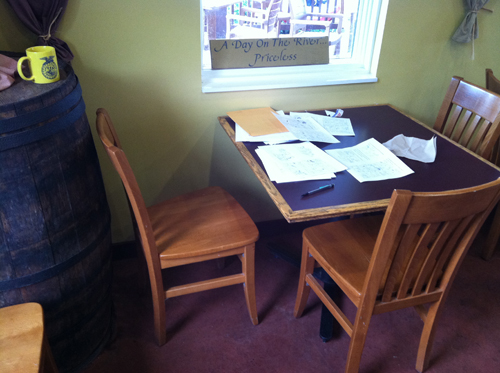
3. Jules: As a book-lover, it interests me: What books or authors and/or illustrators influenced you as an early reader?
Jeff
: When I was a kid, these were my favorite books:
Big Max. It’s about a detective who travels by flying umbrella.

Be Nice to Spiders. I’m still afraid of spiders.

Dr. Seuss’ On Beyond Zebra. It’s a list of some bizarre animals whose names start with the letters that come after z. A few ’70s collections of Peanuts comics. And the Ed Emberley drawing books, because they showed me step-by-step how to create complex scenes using simple shapes. That gave me confidence to draw my own pictures. I now show kids a similar process during my school visits.

4. Jules: If you could have three (living) authors or illustrators—whom you have not yet met—over for coffee or a glass of rich, red wine, whom would you choose? (Some people cheat and list deceased authors/illustrators. I won’t tell.)
Jeff: Most of my favorite kids’ authors have passed away, and many of them seem like they were genuinely nice people, who would have been fun to talk with. William Steig and Arnold Lobel are heroes to me. As for living authors, I haven’t met Jon Agee, Calef Brown, or Maira Kalman yet. I love their clever ideas and their senses of humor. I also love Michael Sowa’s illustrations. And I’m a big fan of Sue Townsend’s Secret Diary of Adrian Mole books. Her first book was a huge inspiration to me. I would have loved to meet her too, but I just found out she passed away in April.
5. Jules: What is currently in rotation on your iPod or loaded in your CD player? Do you listen to music while you create books?
Jeff: Lately, I’ve been listening to Karen Mantler and Bill Callahan. Karen sings about things like the flu, her cat, and her stove. Bill sings about his angst. I’m also fascinated by the incredible range of John Zorn’s music, everything from classical to jazz to surf-rock to metal. I love almost everything on the Daptone neo-soul label. And pretty much anything by the late pianist, Horace Silver, puts me in a good mood.
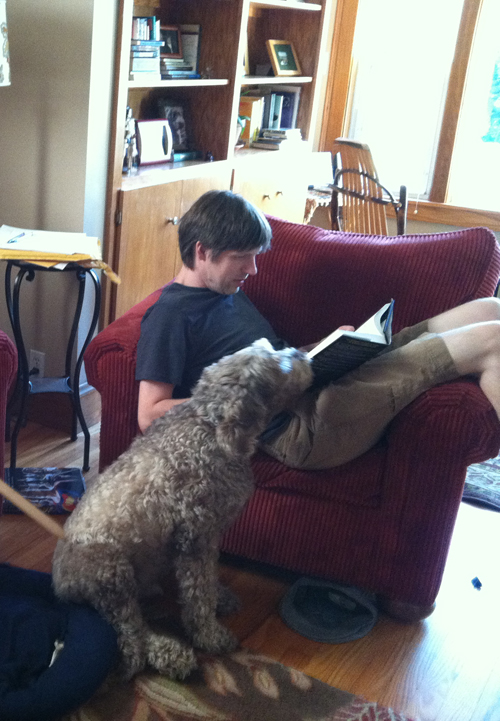
That said, I usually only listen to music when I walk my dog. I actually spend most of my day working in silence. Sometimes I forget to put music on, but more often I turn it off, because I can’t concentrate otherwise. When I was in college, I thought my teachers were crazy when they told me they loved to paint for hours in silence. But now … I guess I’m crazy too.
6. Jules: What’s one thing that most people don’t know about you?
Jeff: I’m terrible at picking out my wardrobe. I find it a totally boring chore. If I could, I’d wear the same clothes every day. I dream of buying a mechanic’s jumper that I could hop into each morning without a second thought. Maybe I’d shave my head while I was at it. But I’m afraid someone would call the police if they saw me walking around like that. So I make an effort to look respectable in public.


7. Jules: Is there something you wish interviewers would ask you — but never do? Feel free to ask and respond here.
Jeff: Yes. Here’s the question:
Why, as someone with adult interests, adult tastes, adult responsibilities, and an adult perspective of the world, would you want to spend so much time thinking and working so hard to make books that appeal mainly to children?
Only, I’m not sure what the answer is. Writing and illustrating are often difficult and even painful for me sometimes. But I’ve always loved obsessing over projects.
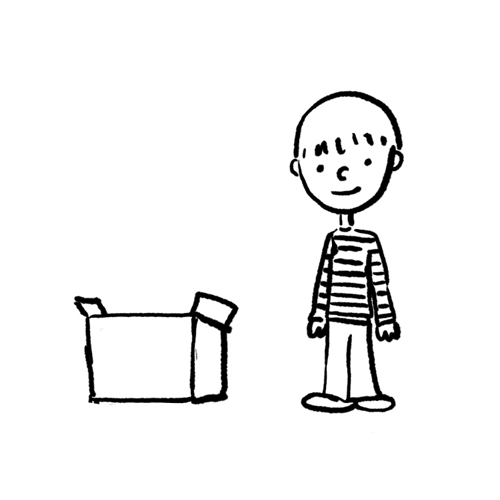
When I was a kid, I drove myself and everyone around me crazy trying to build pinball machines out of cardboard boxes.


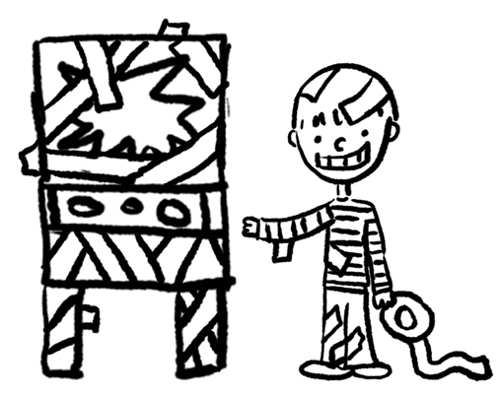
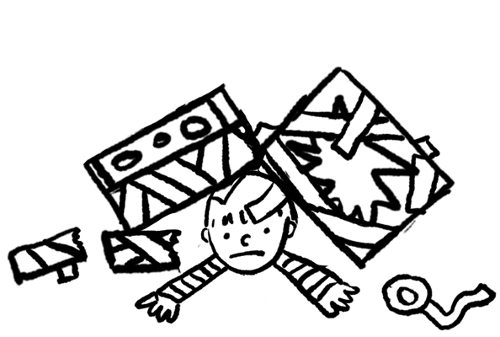
Then, in second grade, I won a Halloween short story contest by making my own elaborate monster comic book.
Today, I feel like I’m still making stuff for the same second-grade audience. I get a burst of joy when a story or picture turns out better than I had hoped. The feeling doesn’t last long, but the hope for new discoveries keeps me going. Plus, I really like kids. They’re sincere. The real deal. Sometimes they send me encouraging letters. Those help a lot.
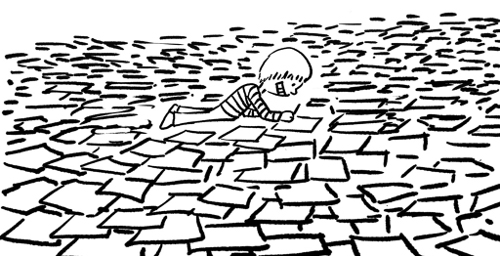

* * * The Pivot Questionnaire * * *
Jules: What is your favorite word?
Jeff: “Frank” is a good one. It’s a name, a silly-looking food, and, frankly, it’s a darn good way to say what you mean.
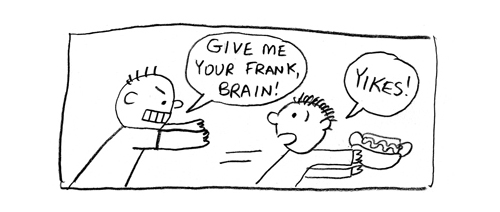

Jules: What is your least favorite word?
Jeff: “Classic.” When it’s used to describe anything less than 50 years old. As in: “It’s a new classic!” For example, I love monster movies, but I have a hard time calling any of them made after 1968 a “classic.”
Second least favorite word: “Artisan.”
Jules: What turns you on creatively, spiritually or emotionally?
Jeff: Traveling. Trying new things.
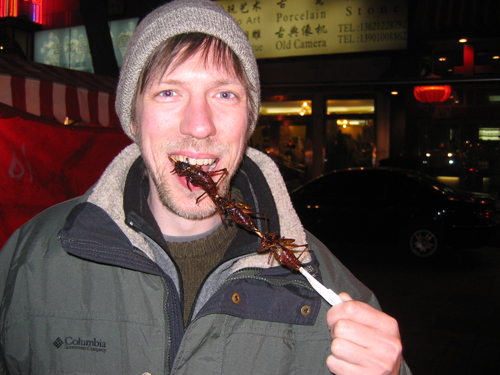
And pet portraits.
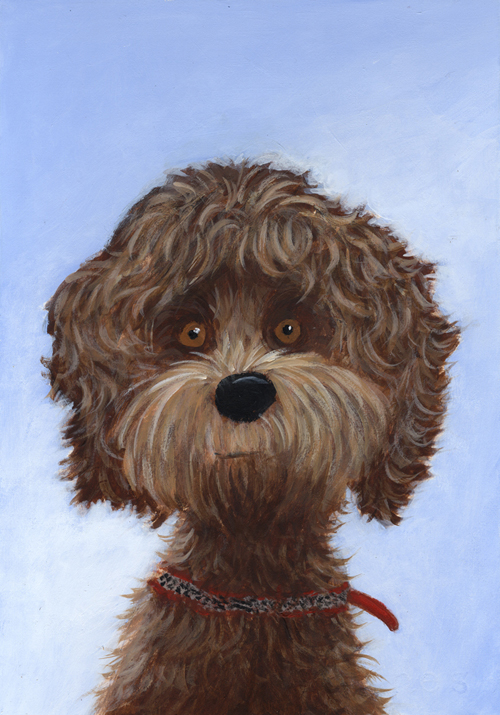
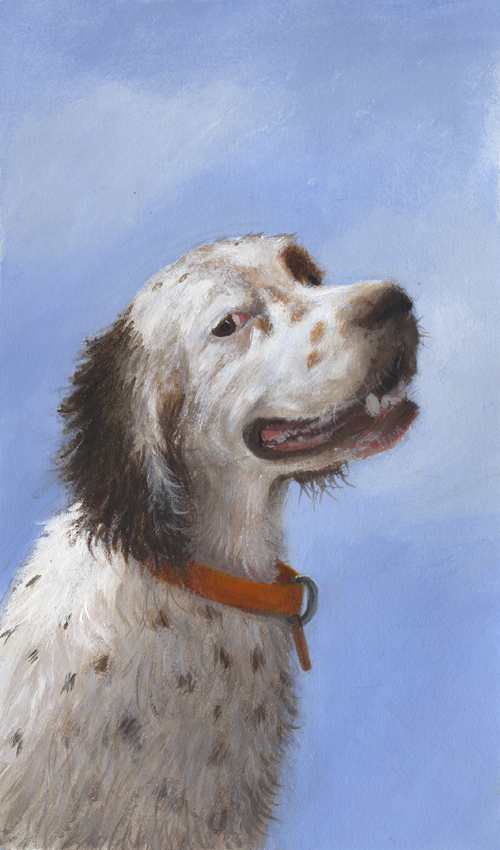
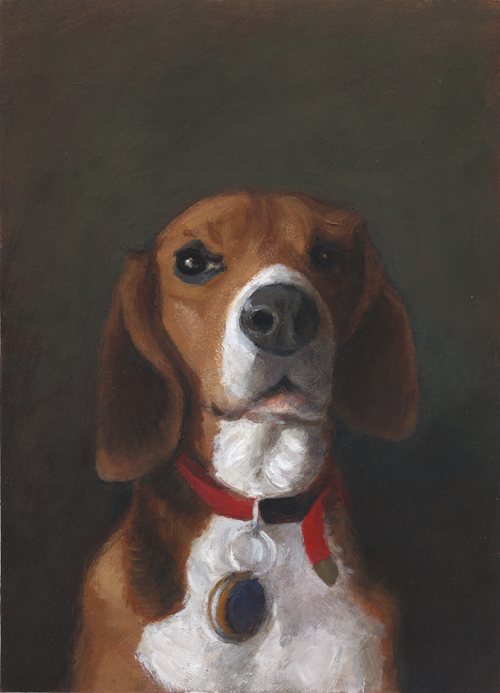
Jules: What turns you off?
Jeff: Ads.
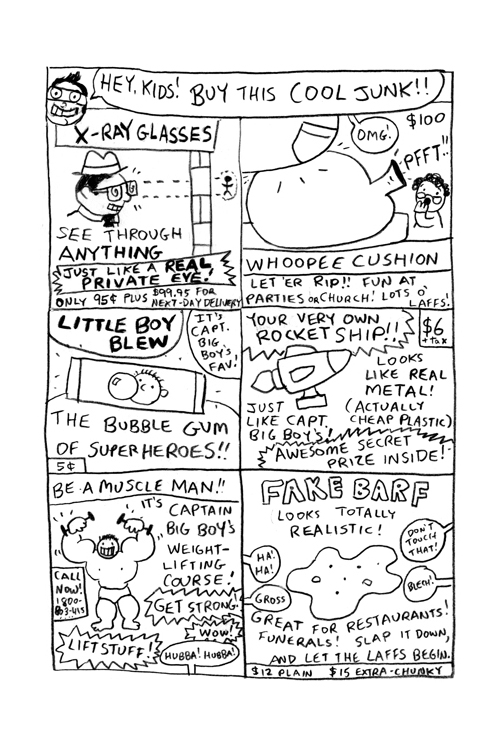
Jules: What sound or noise do you love?
Jeff: It’s a little groaning sound that my dog, McGee, makes when he’s thinking too hard.
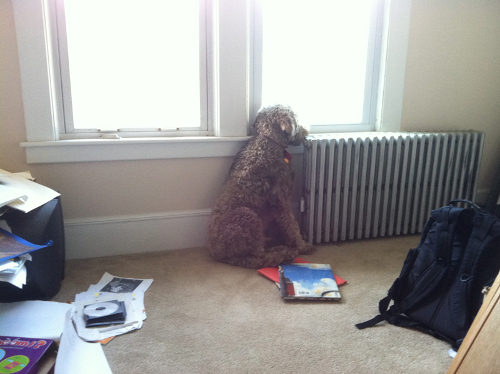
Or any of the sounds that animals make when they’re having fun.
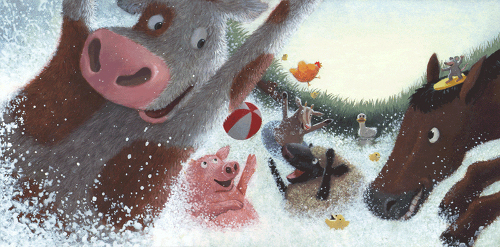
Jules: What sound or noise do you hate?
Jeff: The sound of someone eating oatmeal in the dark.
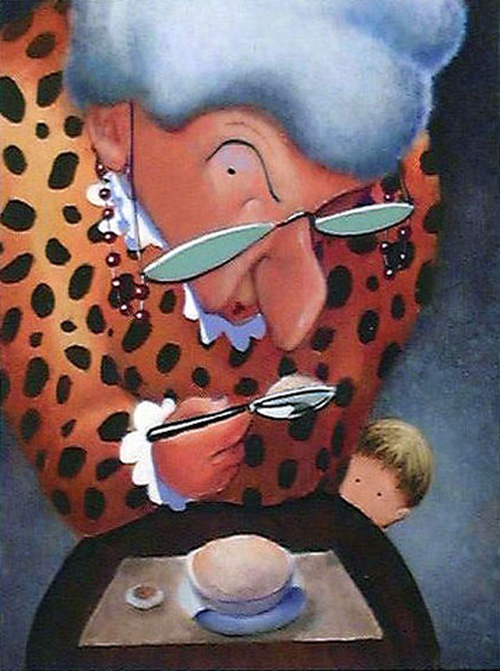
Jules: What profession other than your own would you like to attempt?
Jeff: I’d like to write music and learn to play more musical instruments, so I could collaborate with other musicians.

I’d also like to write plays.
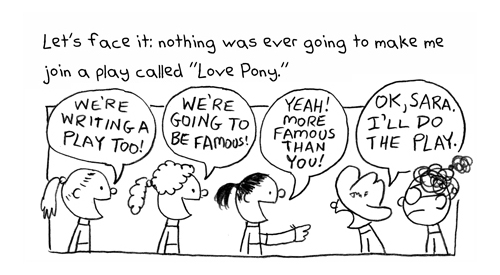
And sometimes I think I would like to be a vet. But only if I don’t have to treat spiders.
Jules: What profession would you not like to do?
Jeff: How about volcanic sulfur-mining? Anything done in a mine, really. I’m not very tough. Check out a fascinating documentary called Workingman’s Death for a scary look at many of the world’s most dangerous jobs. Children’s book author is not in the movie.
Jules: If Heaven exists, what would you like to hear God say when you arrive at the Pearly Gates?
Jeff: “Woof!”

All images are used by permission of Jeff Mack.
The spiffy and slightly sinister gentleman introducing the Pivot Questionnaire is Alfred, copyright © 2009 Matt Phelan.
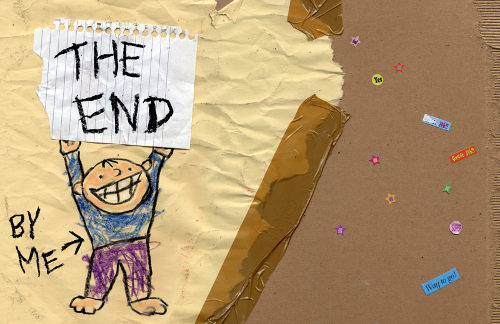



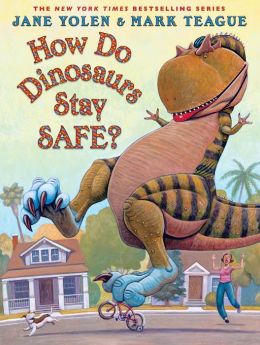
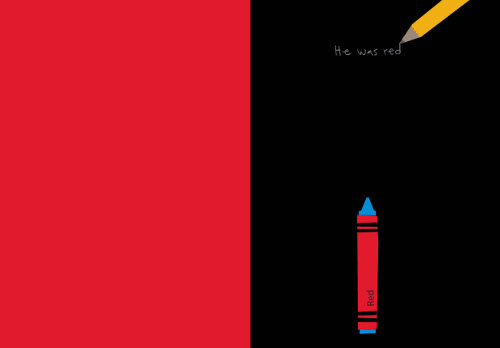
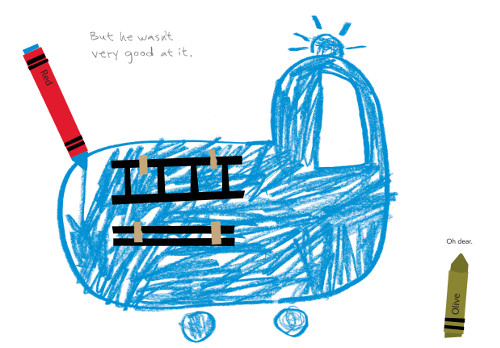
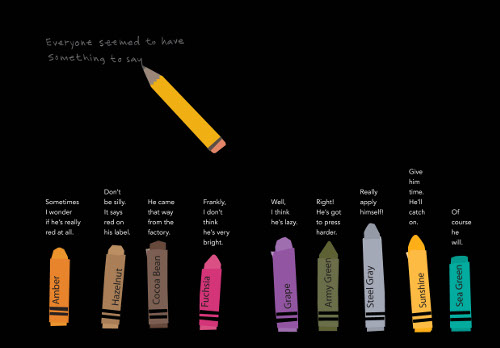







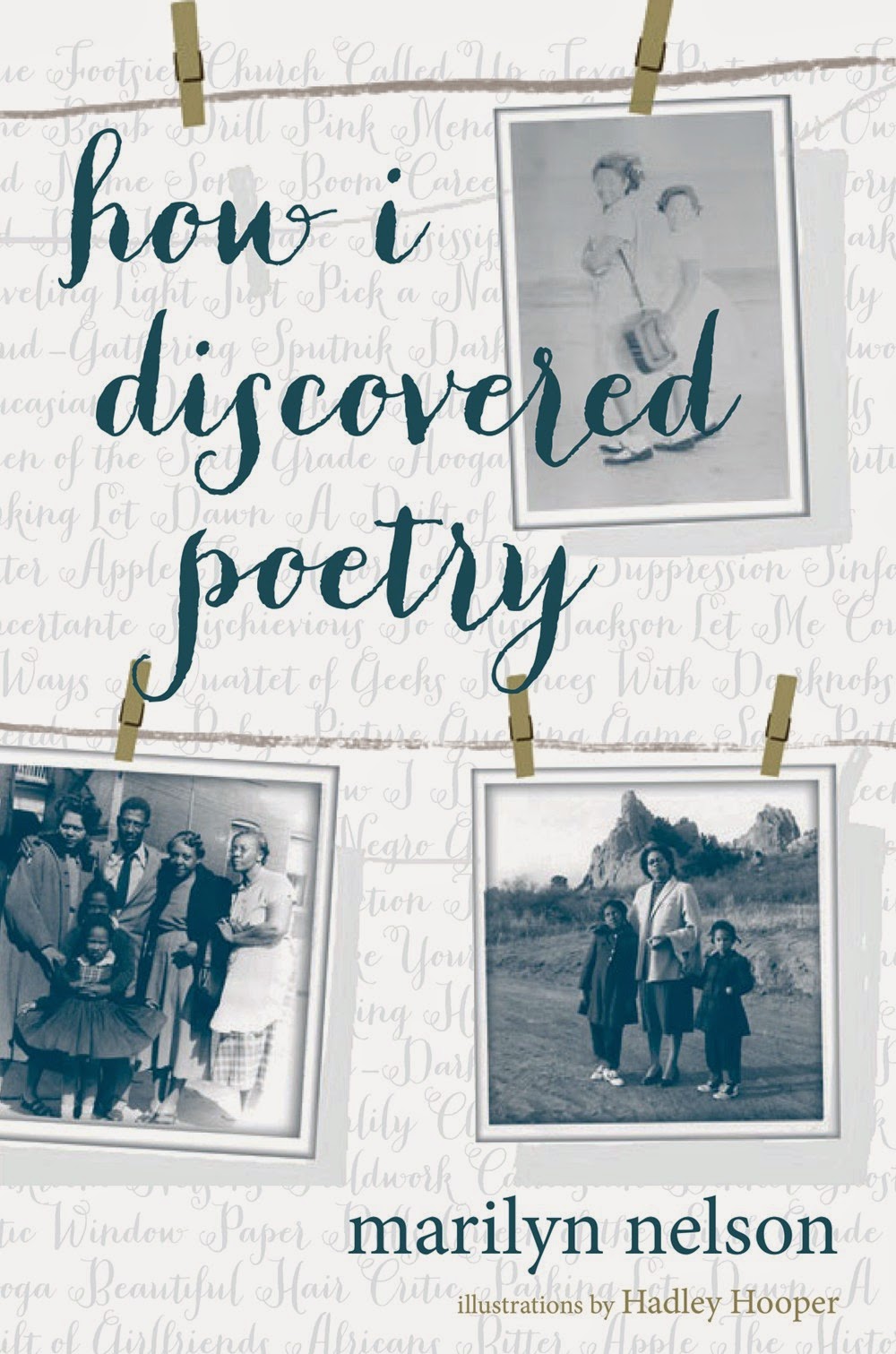


 “
“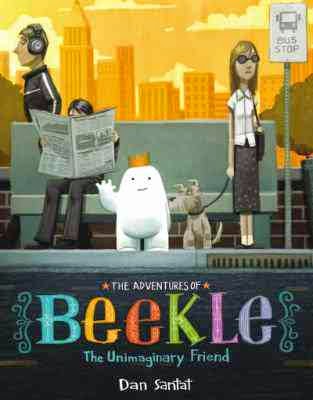


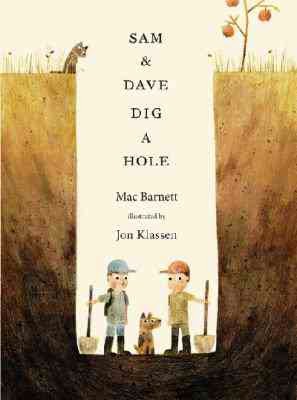


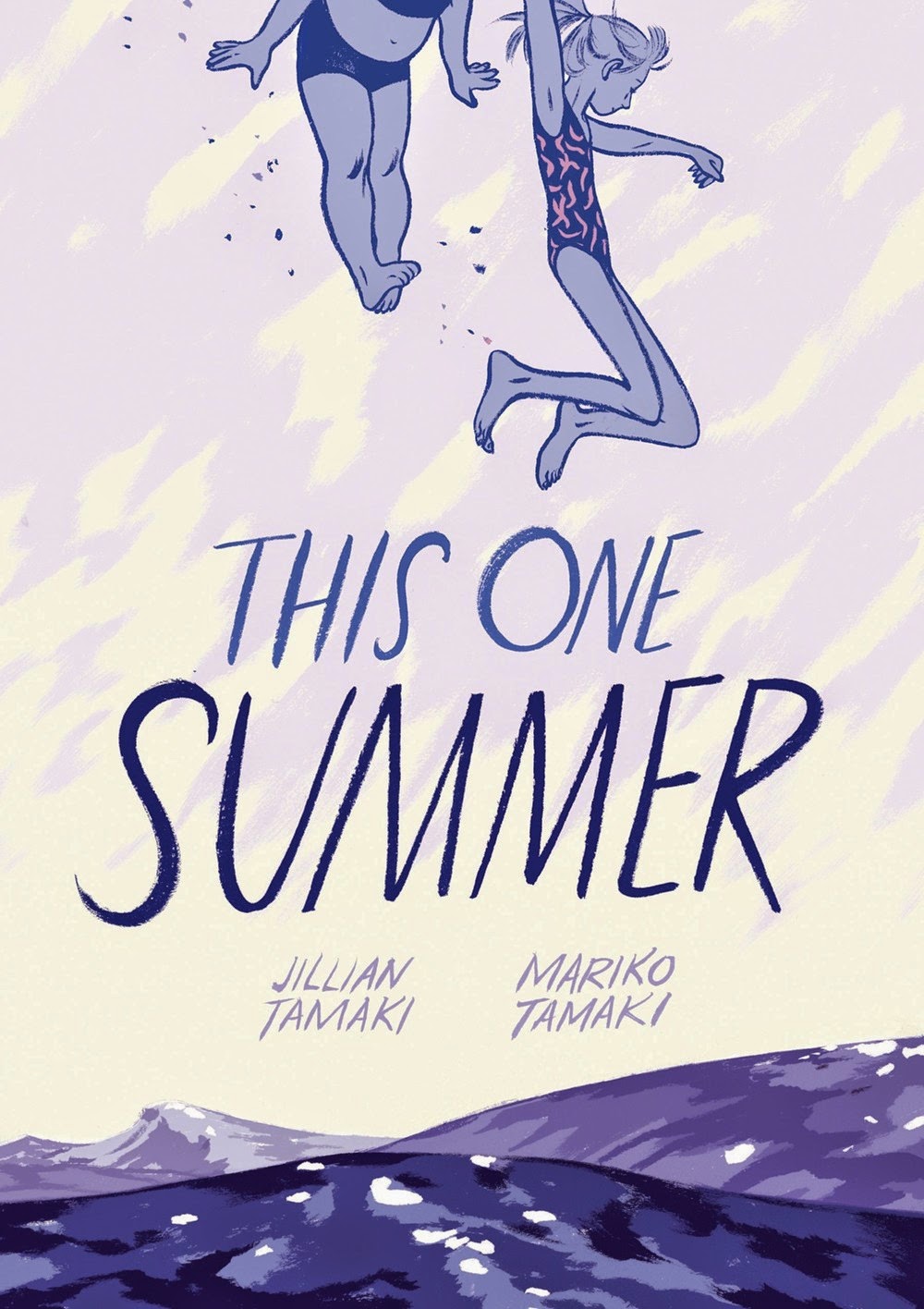







































































 Okay, we’ve got more coffee, and it’s time to get a bit more detailed with seven questions over breakfast. I thank Jeff again for visiting 7-Imp.
Okay, we’ve got more coffee, and it’s time to get a bit more detailed with seven questions over breakfast. I thank Jeff again for visiting 7-Imp. 




































































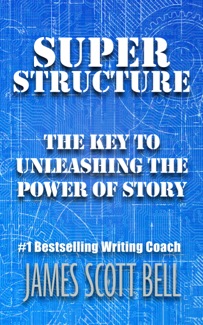


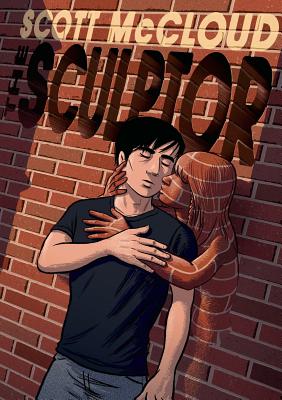

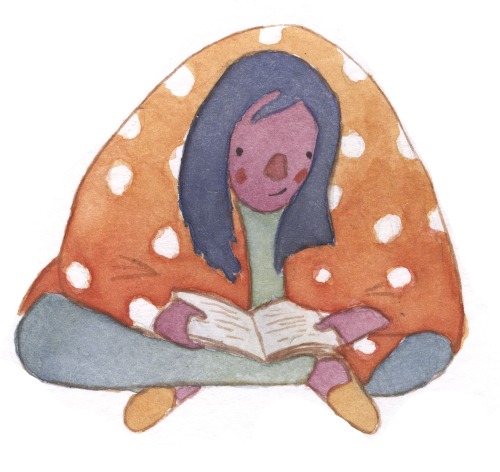
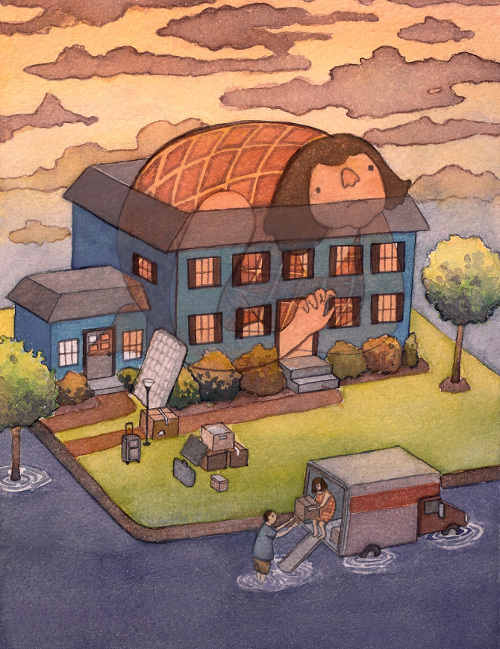

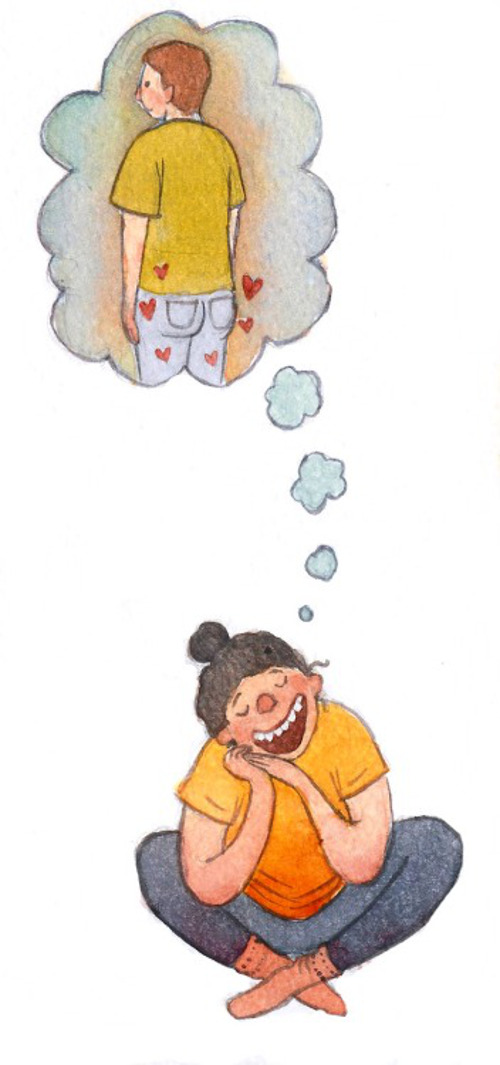


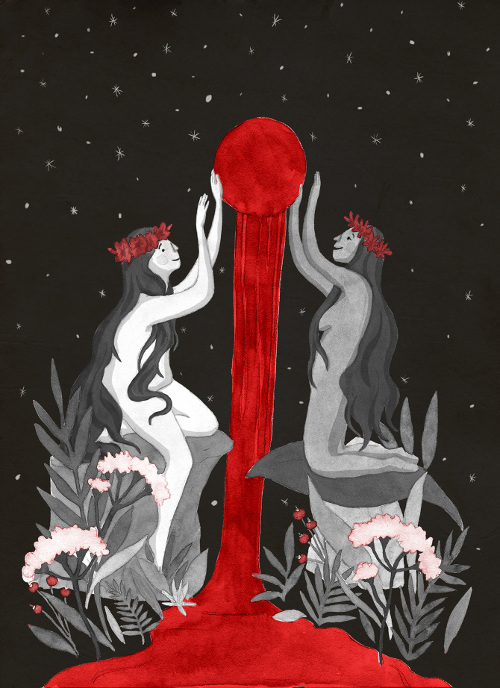
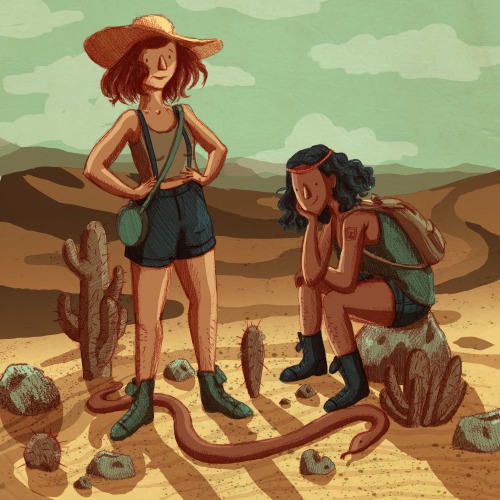
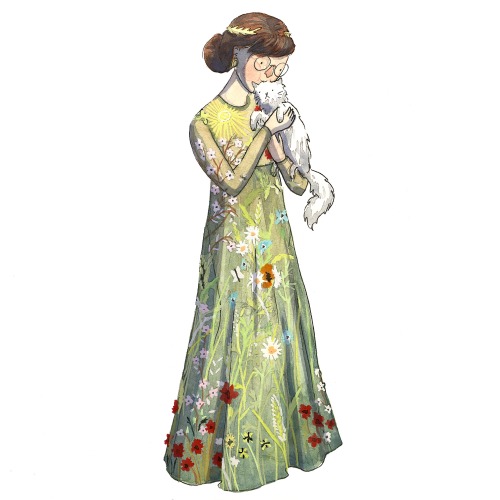
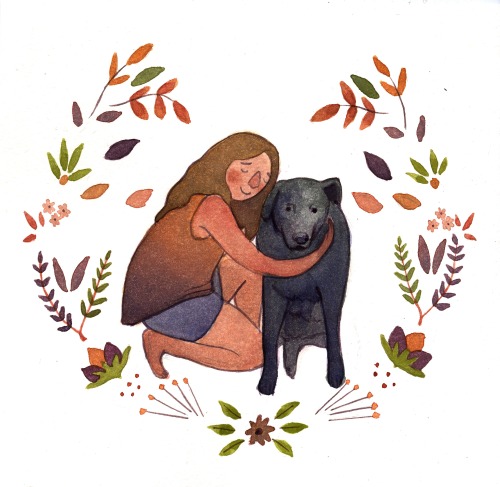

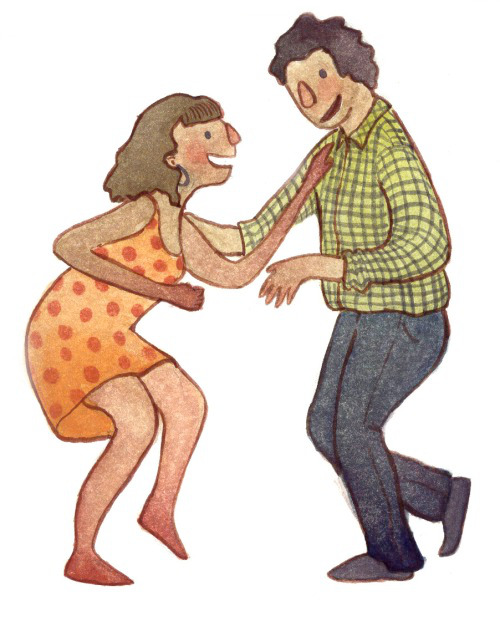
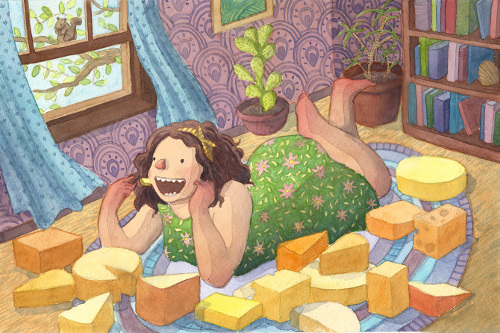
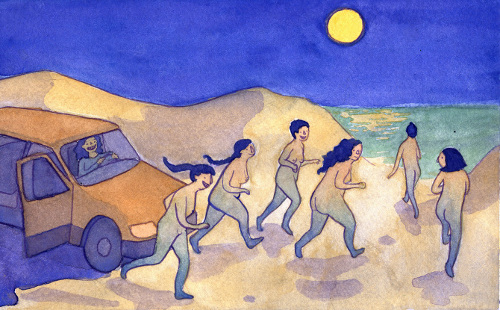
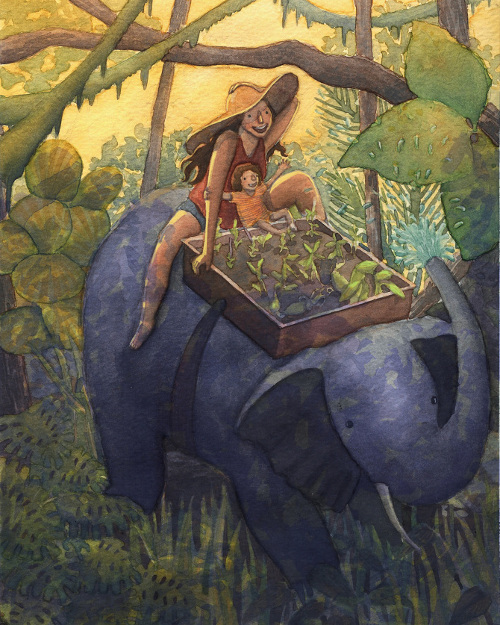
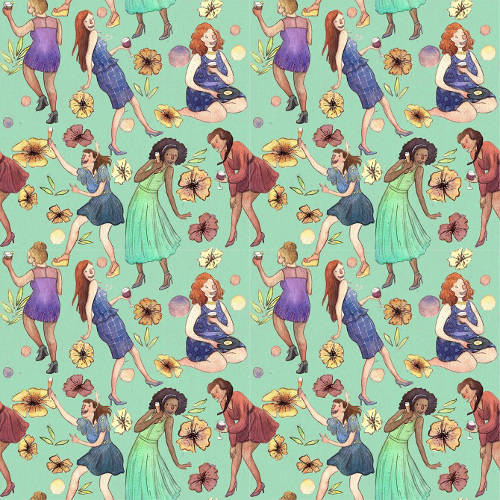
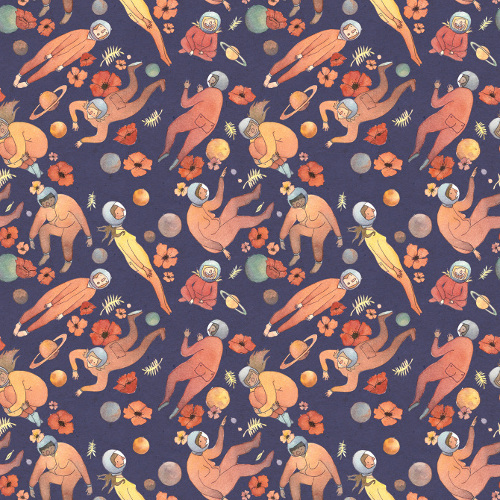

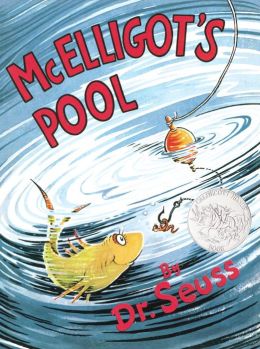
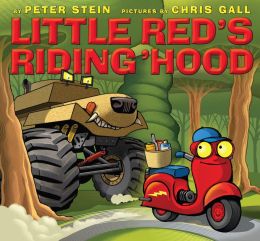
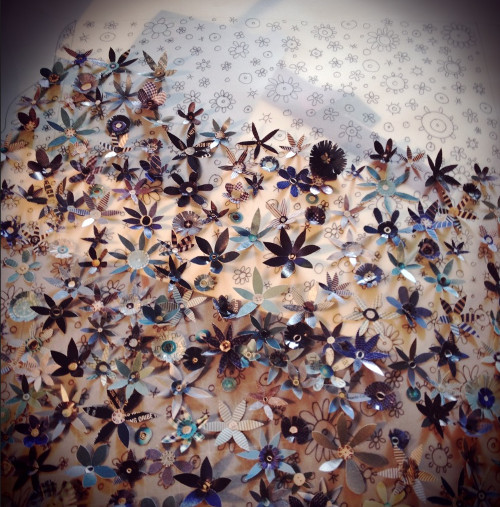

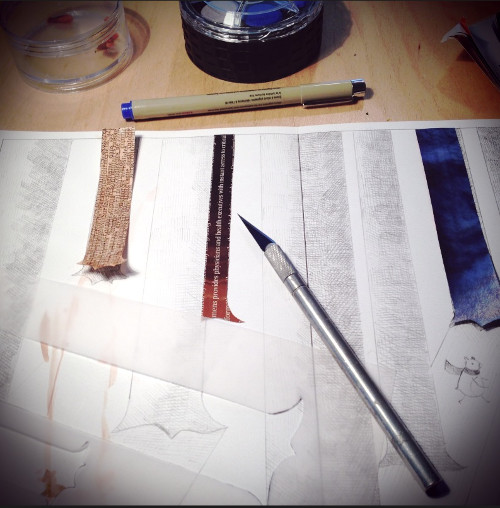
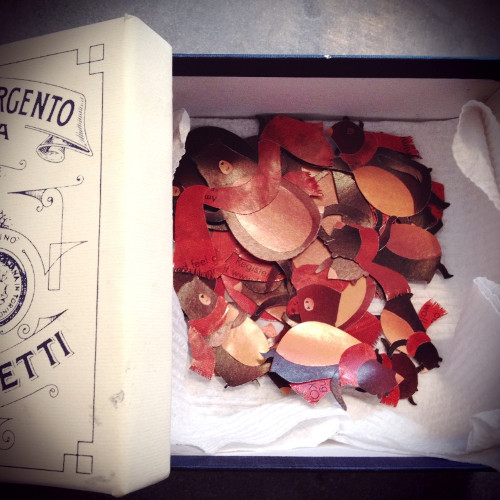

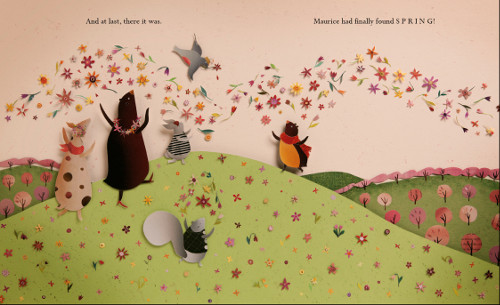


What a great snippet of Mr. Mack’s studio life! It seems like he never lost touch with his kid-self. Like, not even for a minute. I loved seeing the steps of his process and the messy studio photos. Nicely done!
What a wonderful post Jules and Jeff! I learned so much today about Jeff’s illustrative inspirations and process. I totally enjoyed this but the best is the last question and his answer.
I really enjoyed interview. Very nice and candid.
So happy for your success
So great!
Such a wonderful interview!
I am honored to have a book with Jeff–MR. DUCK MEANS BUSINESS.
This is fabulous. The kids at my Kinderladen love “Good News, Bad News”. I wish I could send you the video of them reading it to each other. Hooray for messy studios!
I thought Jeff Mack was awesome before I read this interview. Now I am 100% in love! And I can’t wait to read Look! It sounds like the perfect book!
Woooooooooooow.
These illustrator interviews are always intense, but this was like being in Jeff Mack’s BRAIN. And it was untidy and colorful and PERFECT.